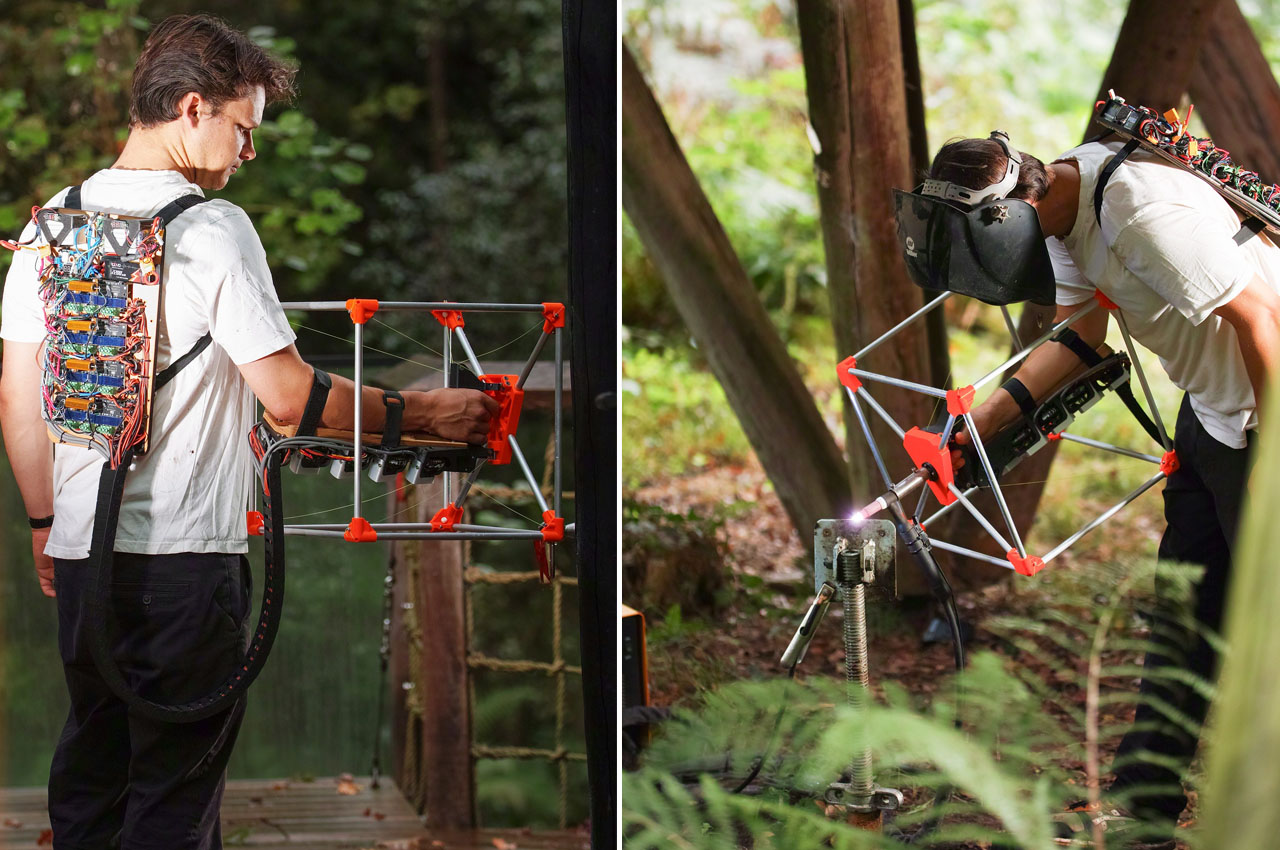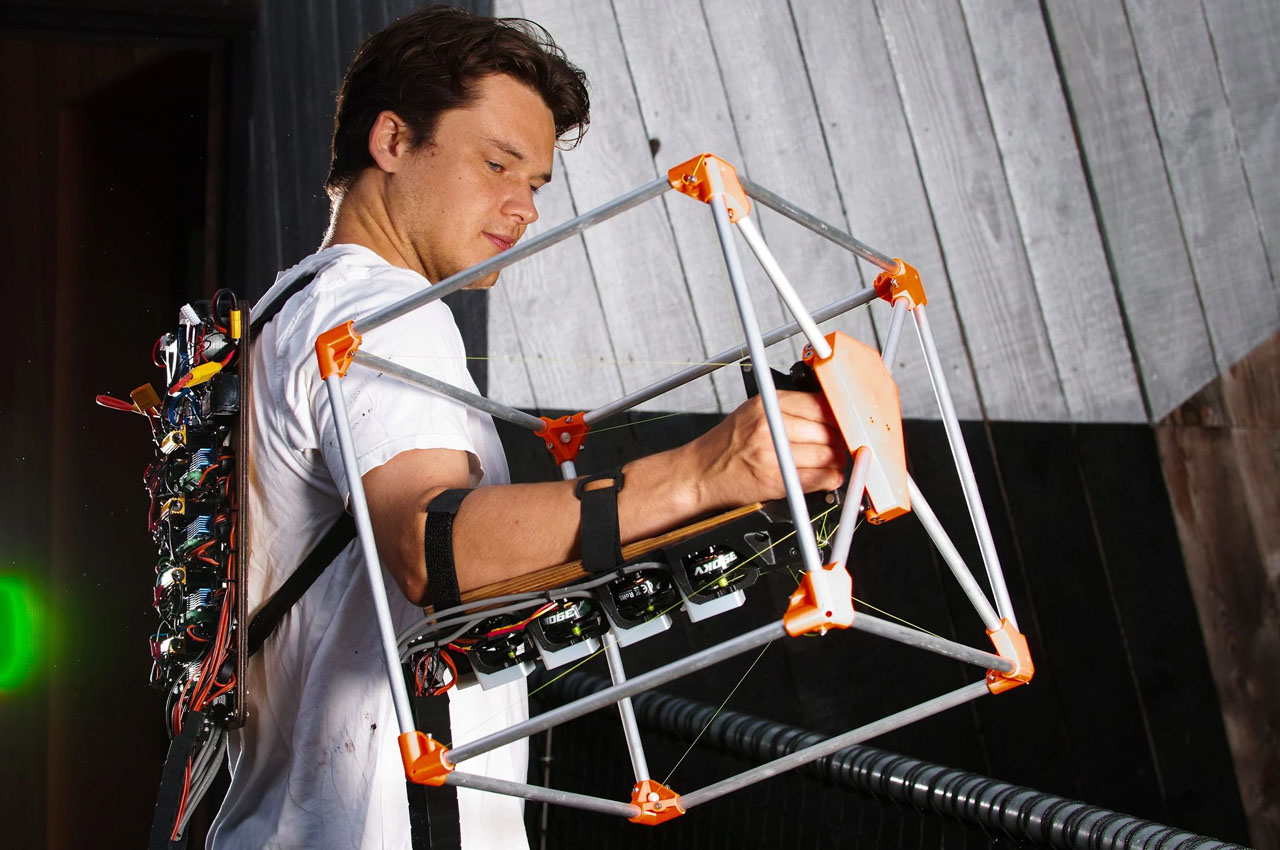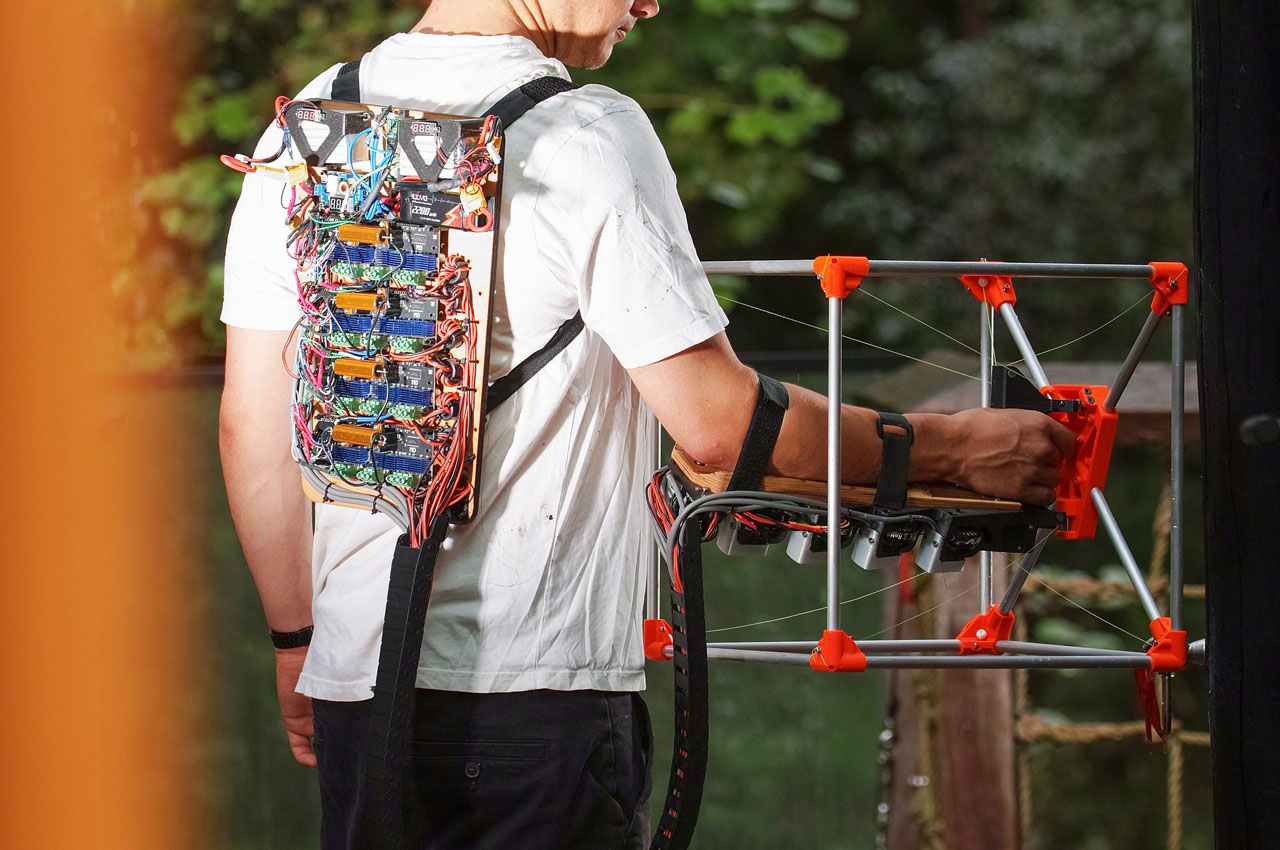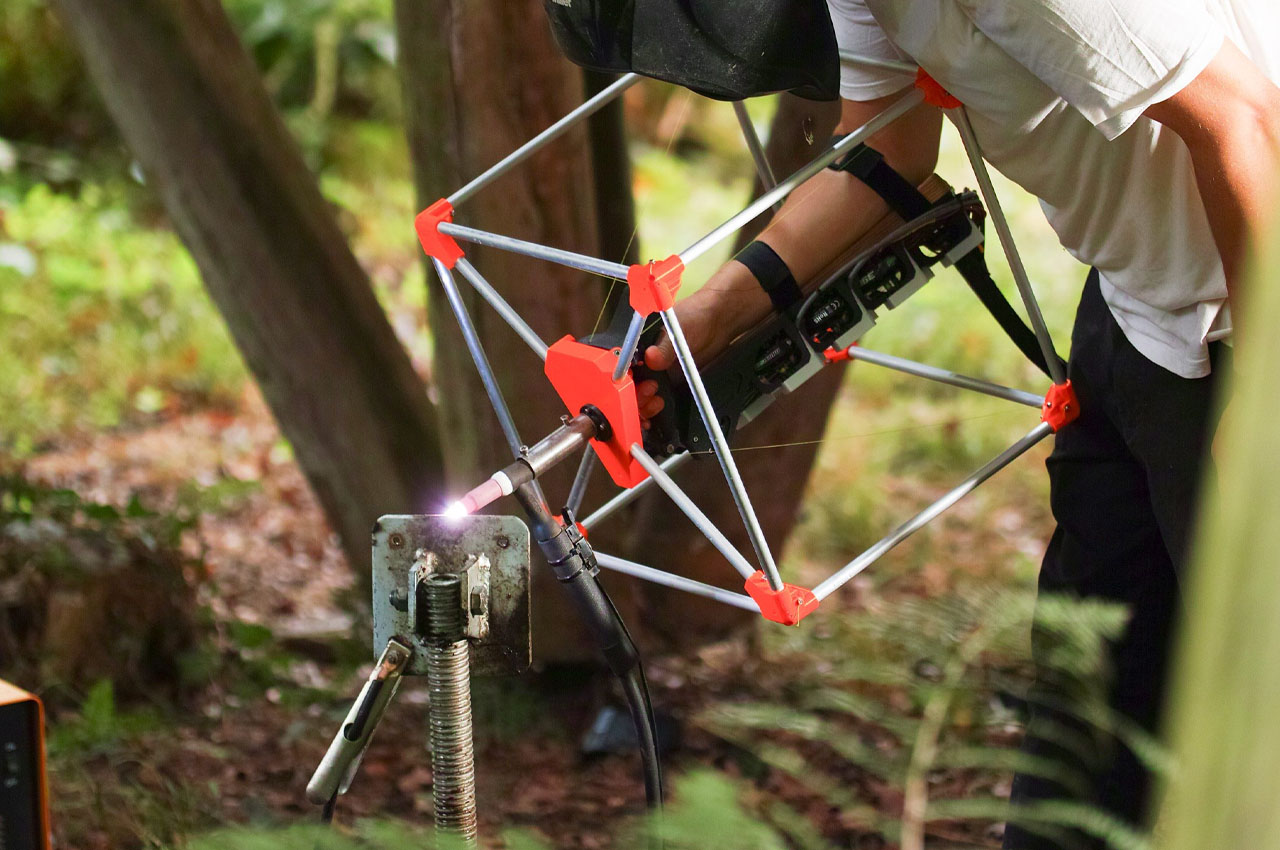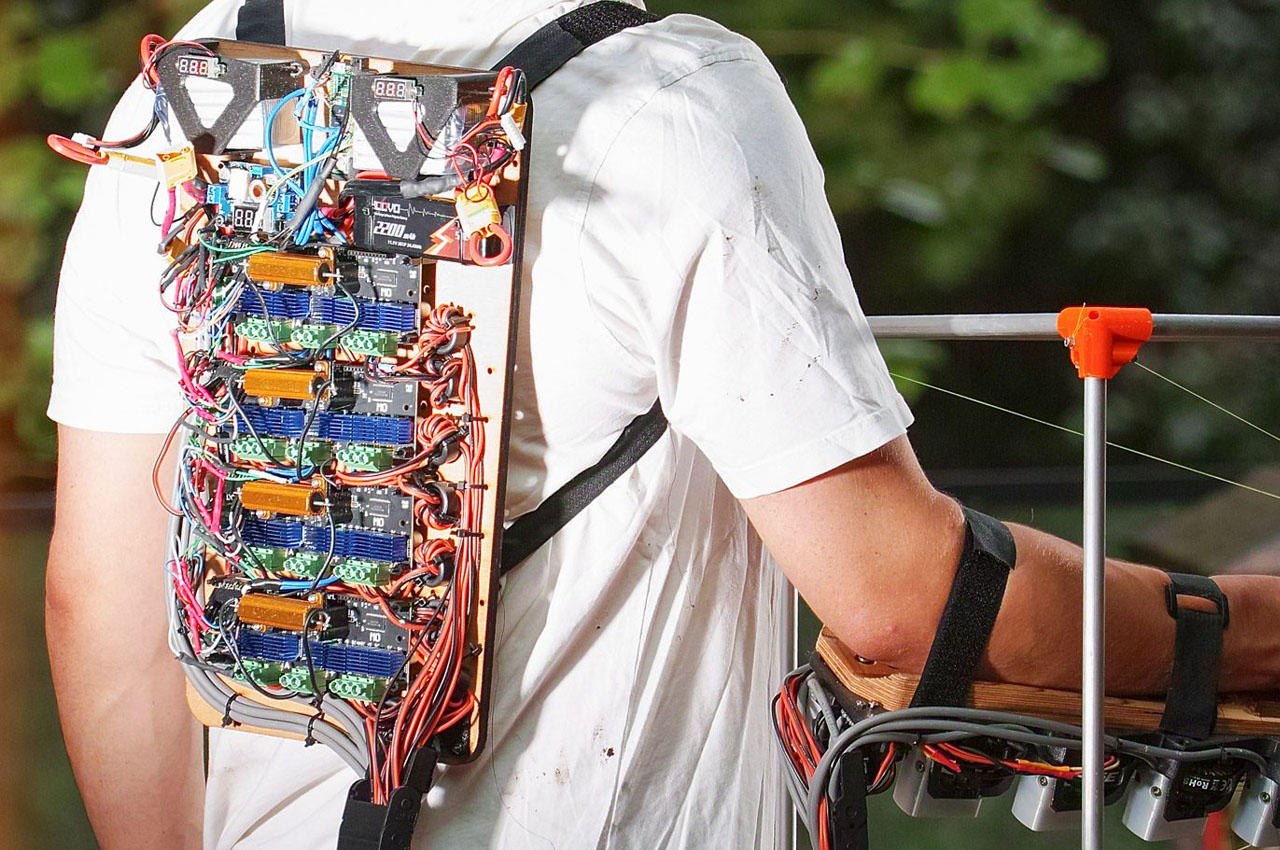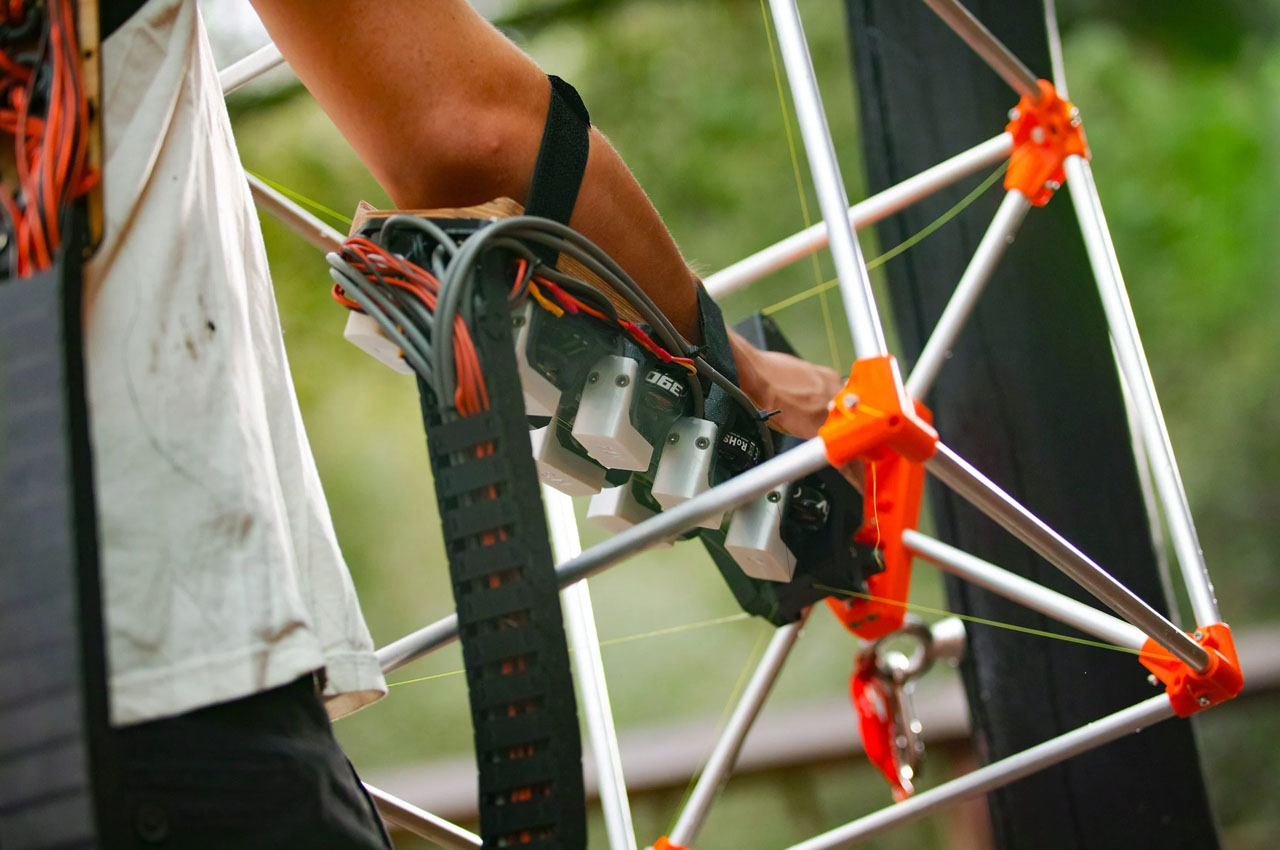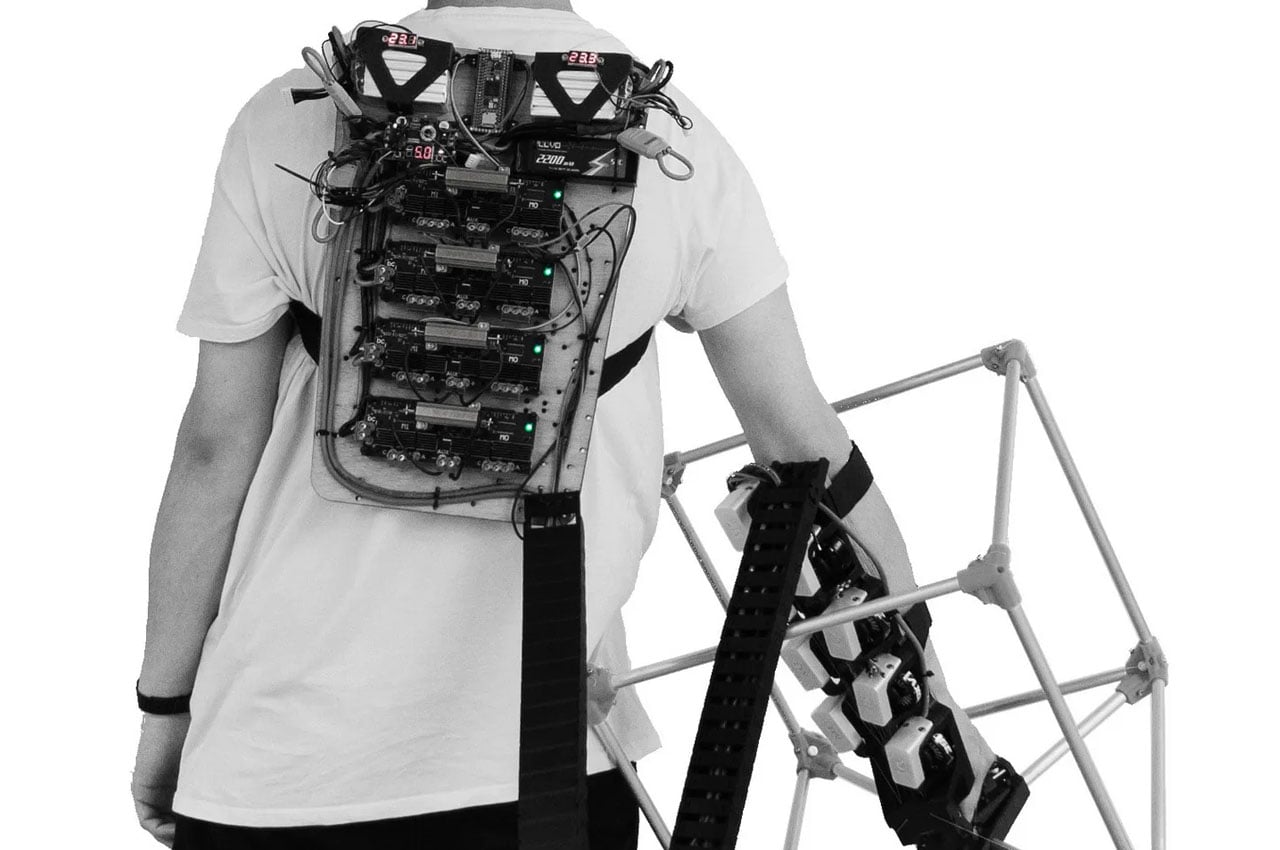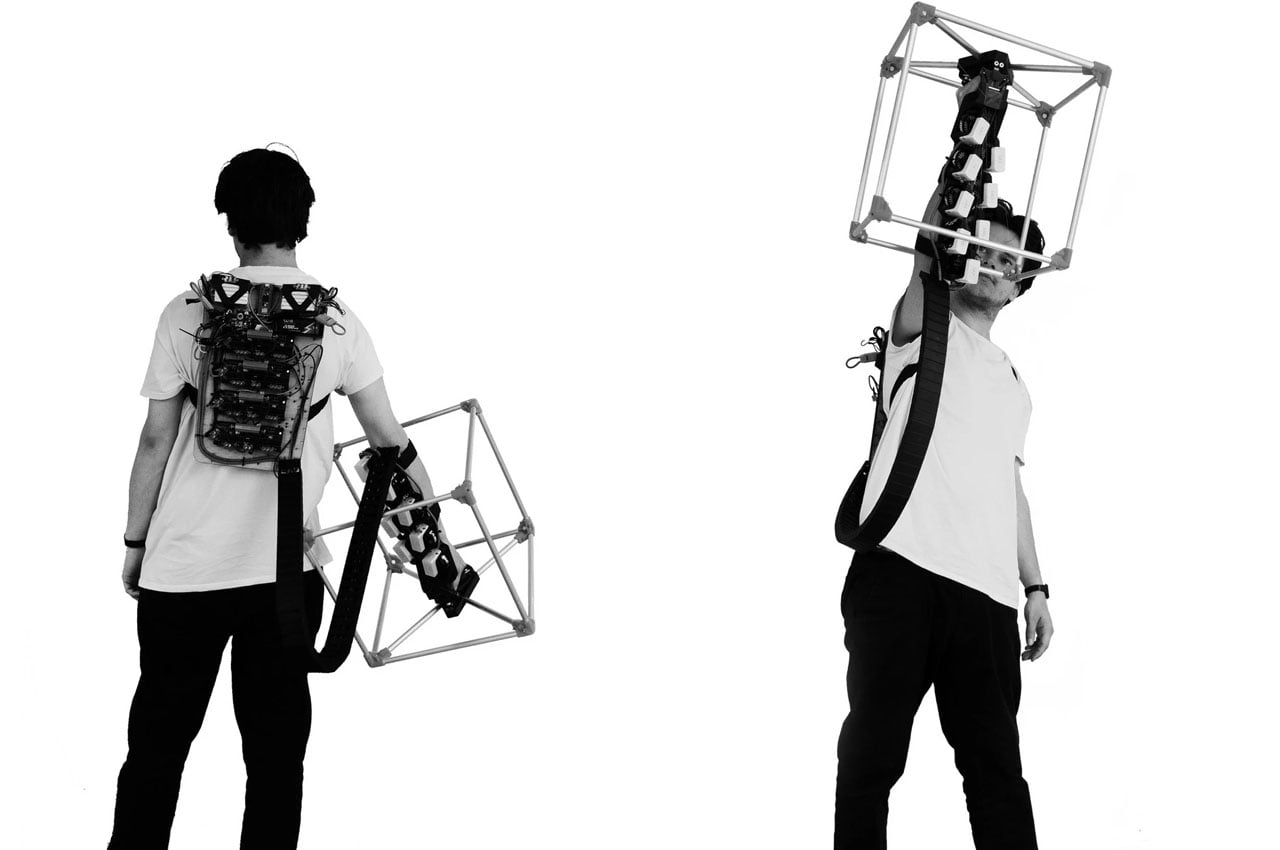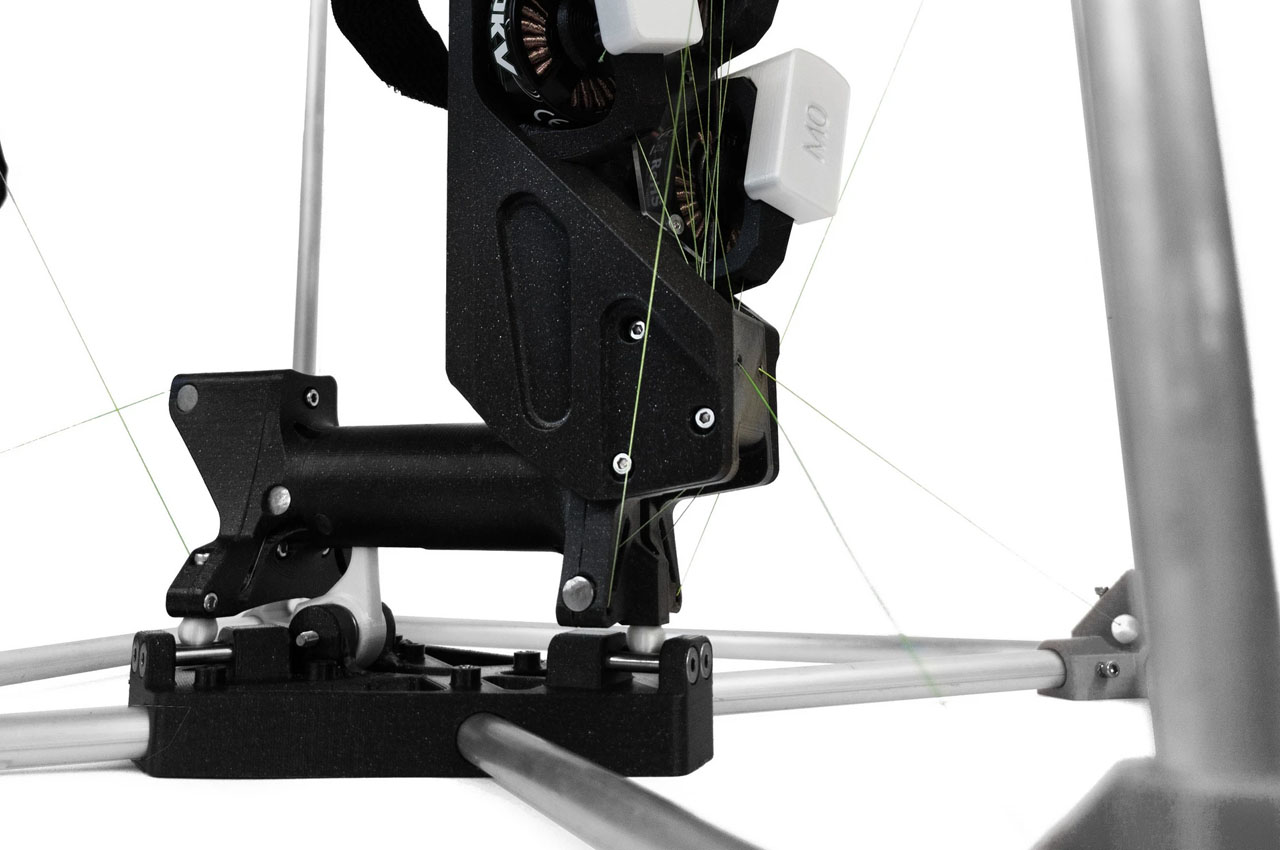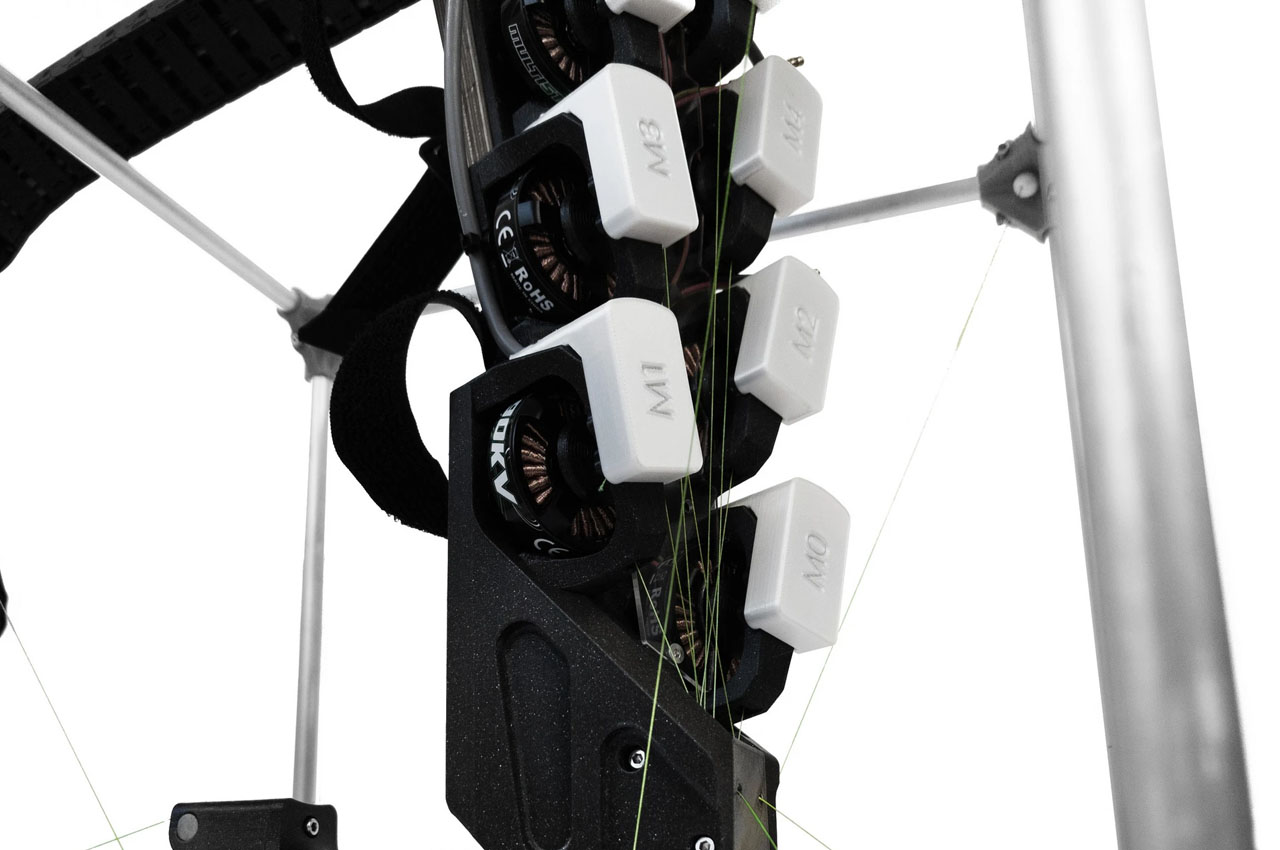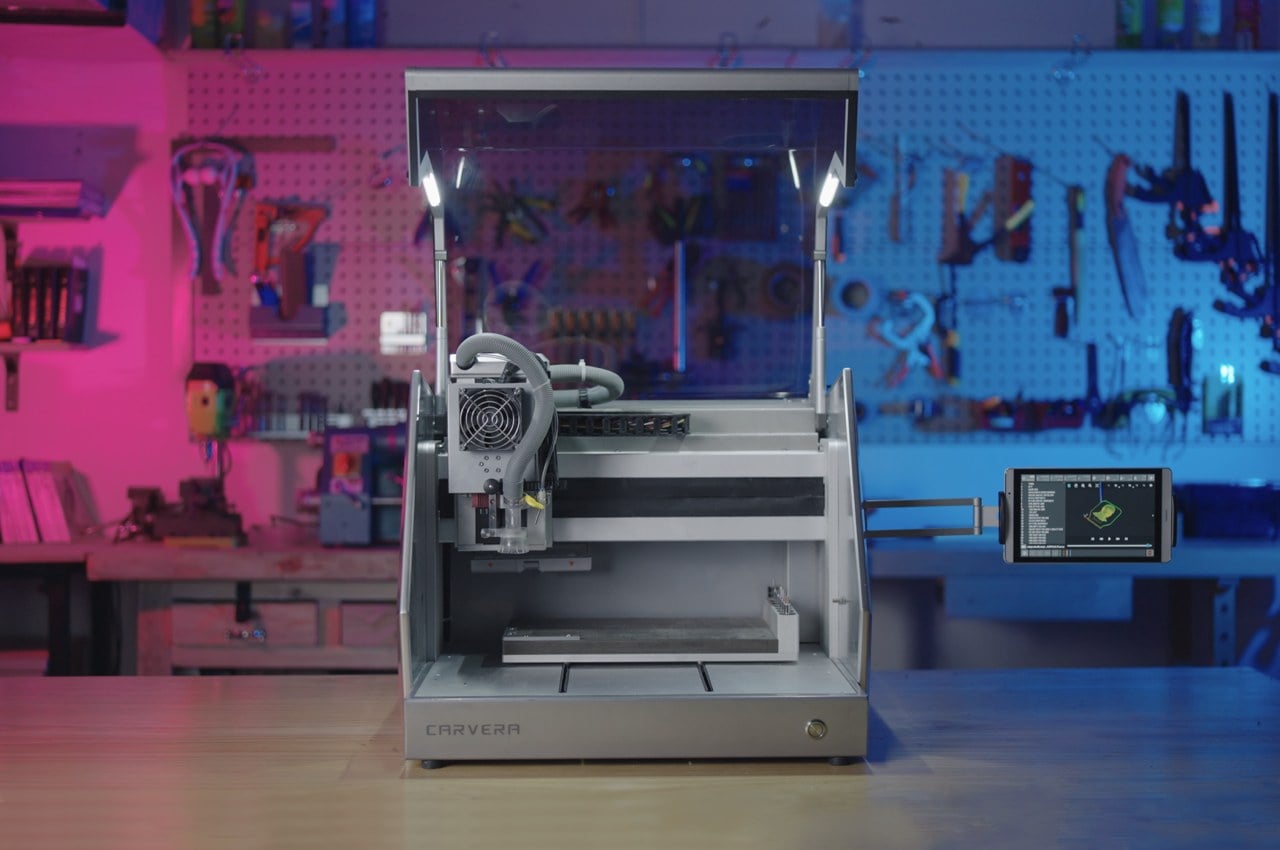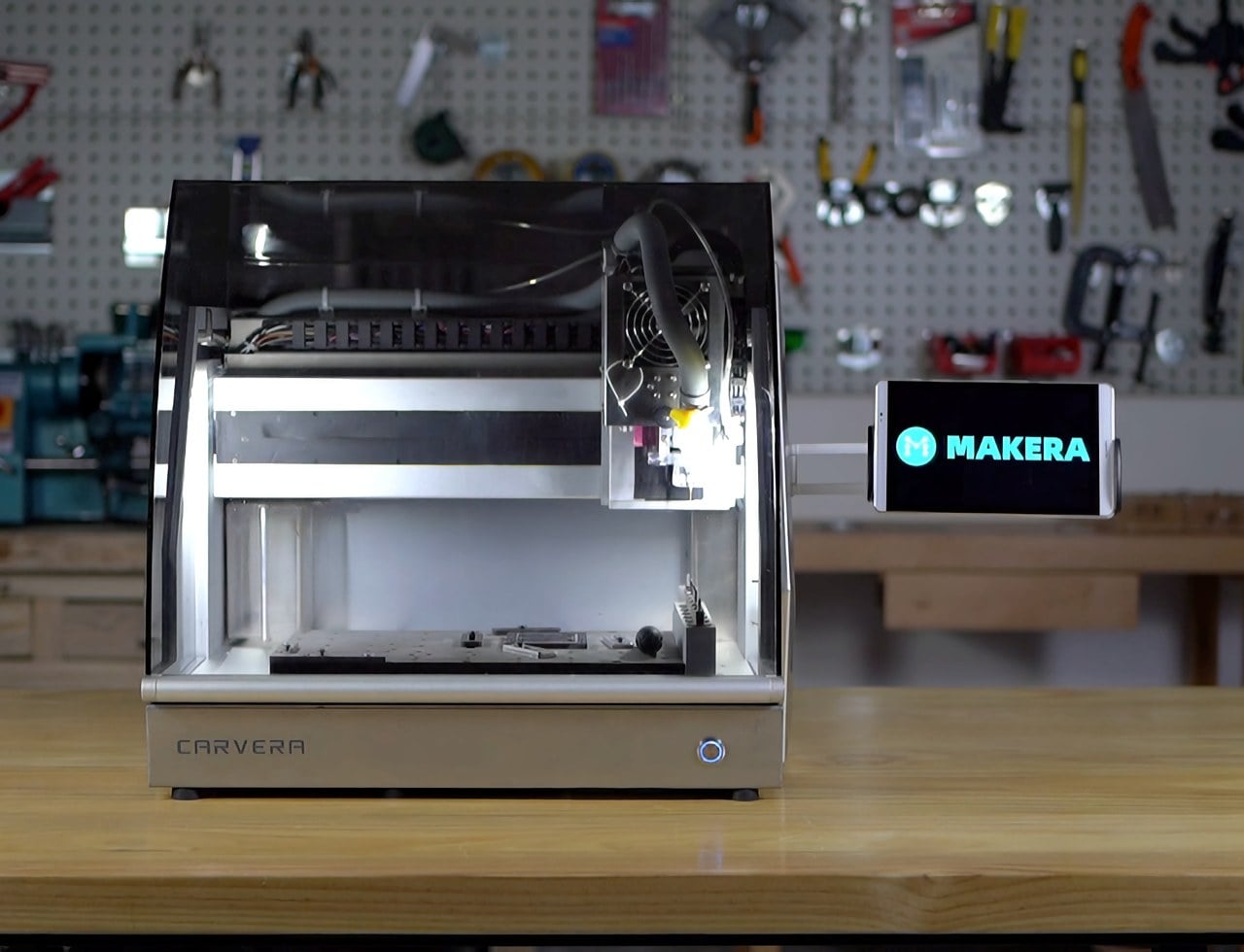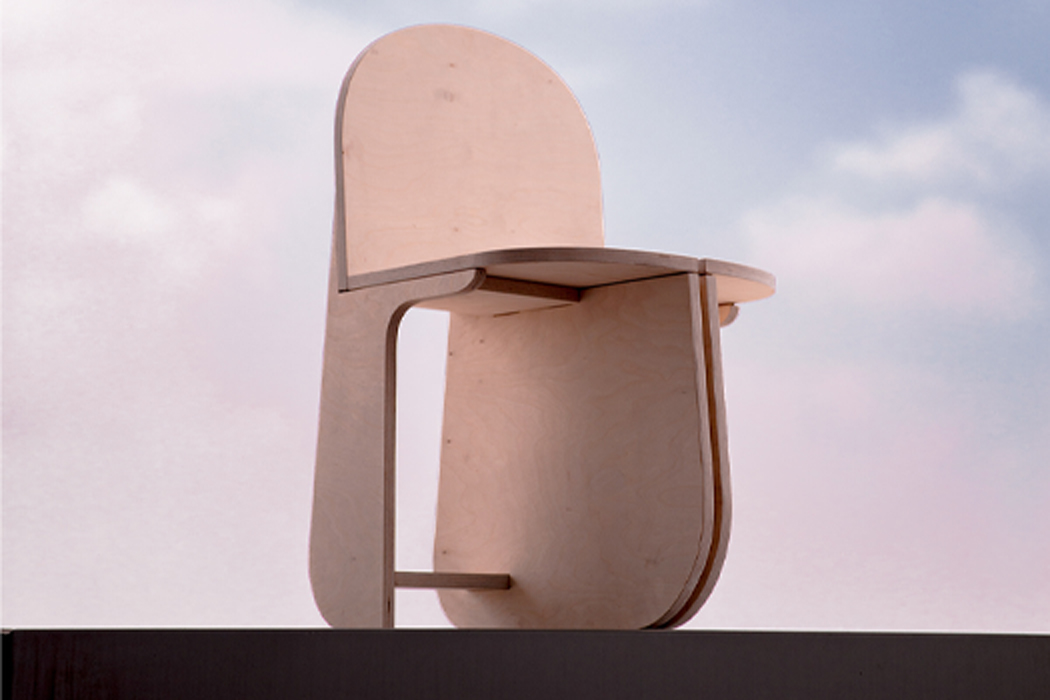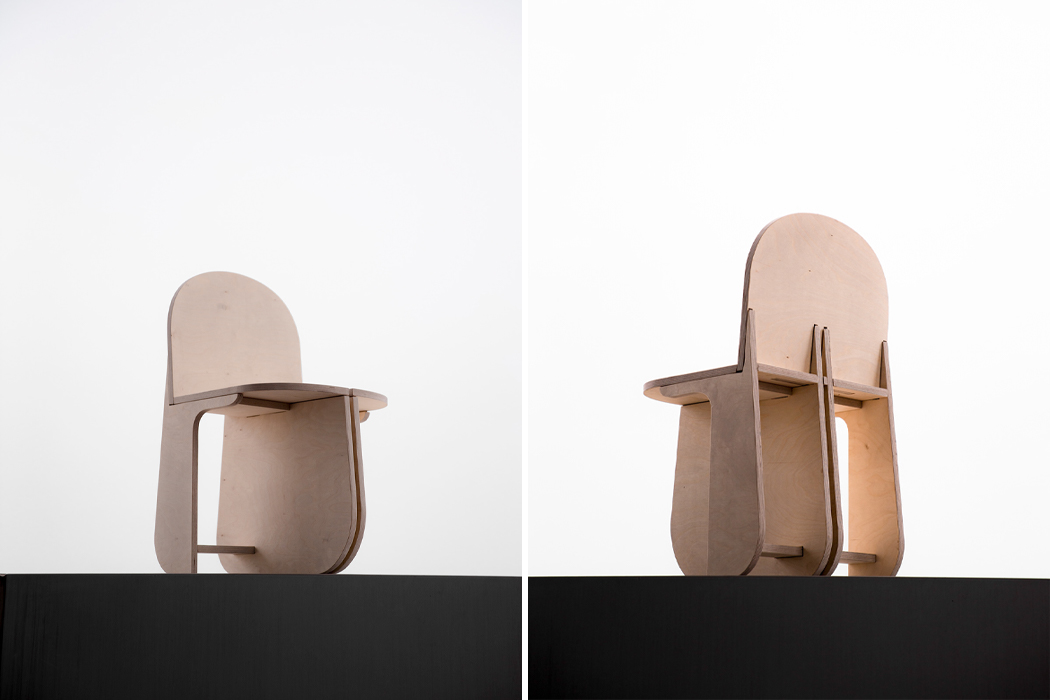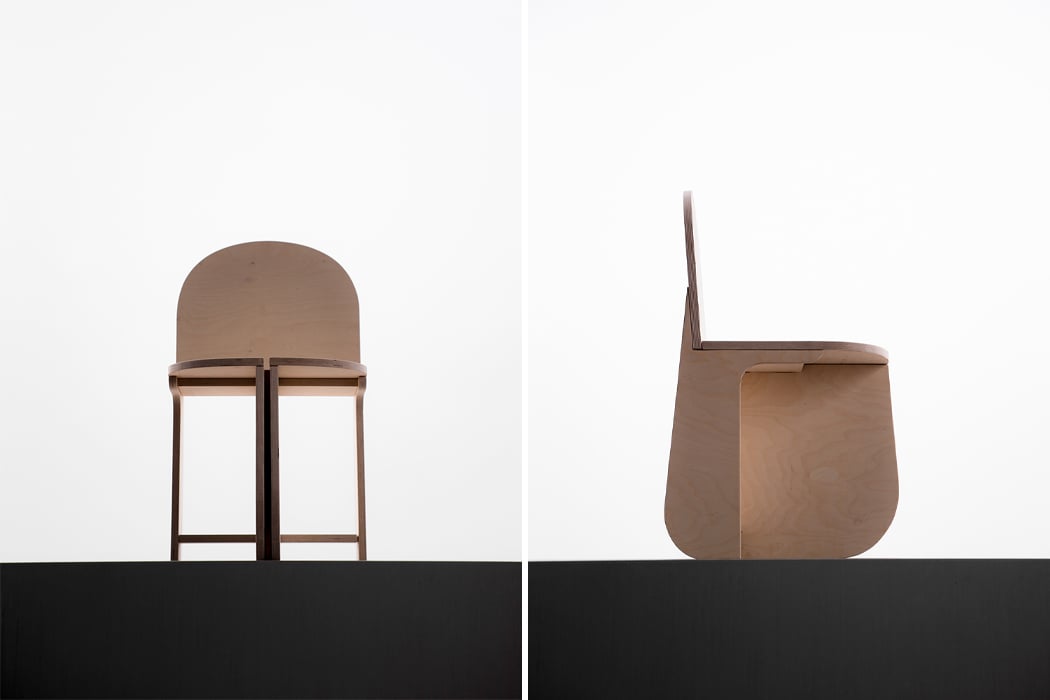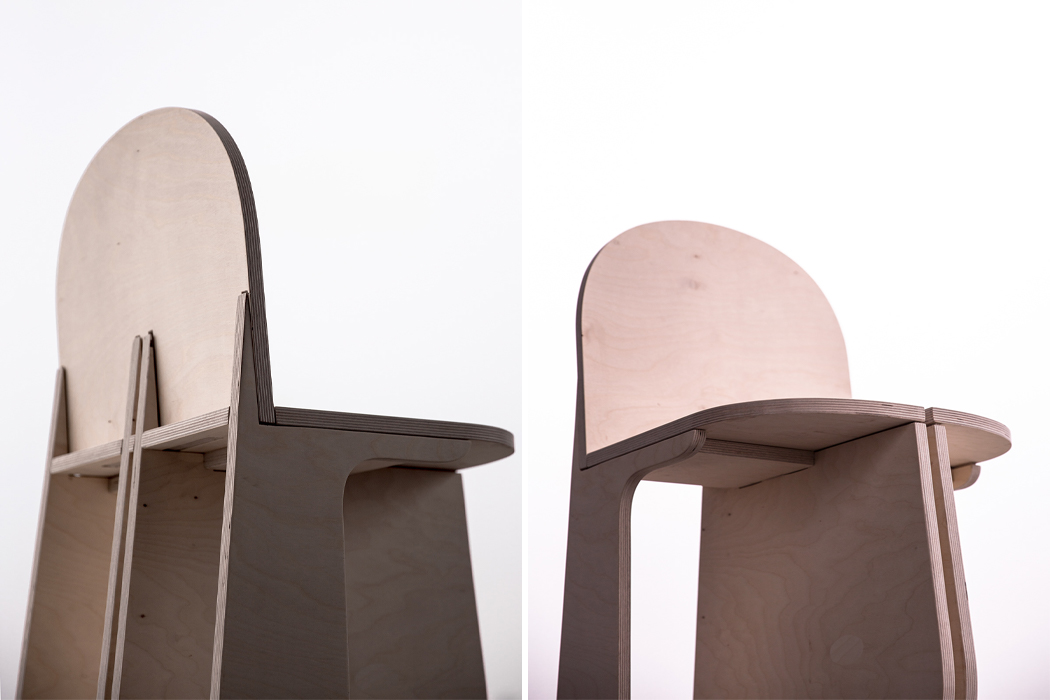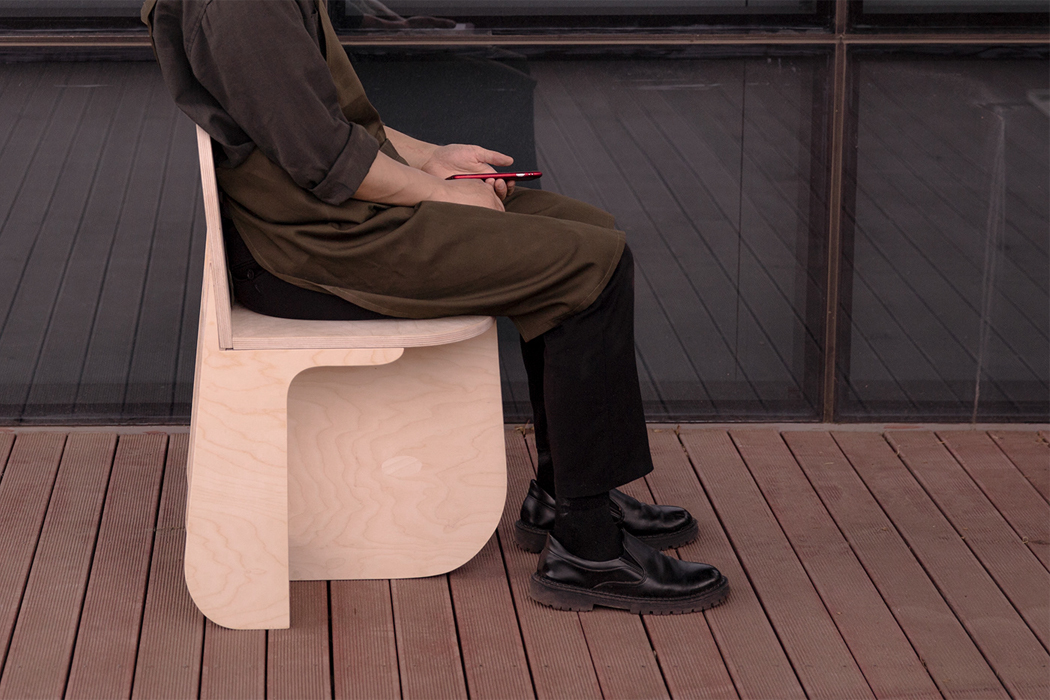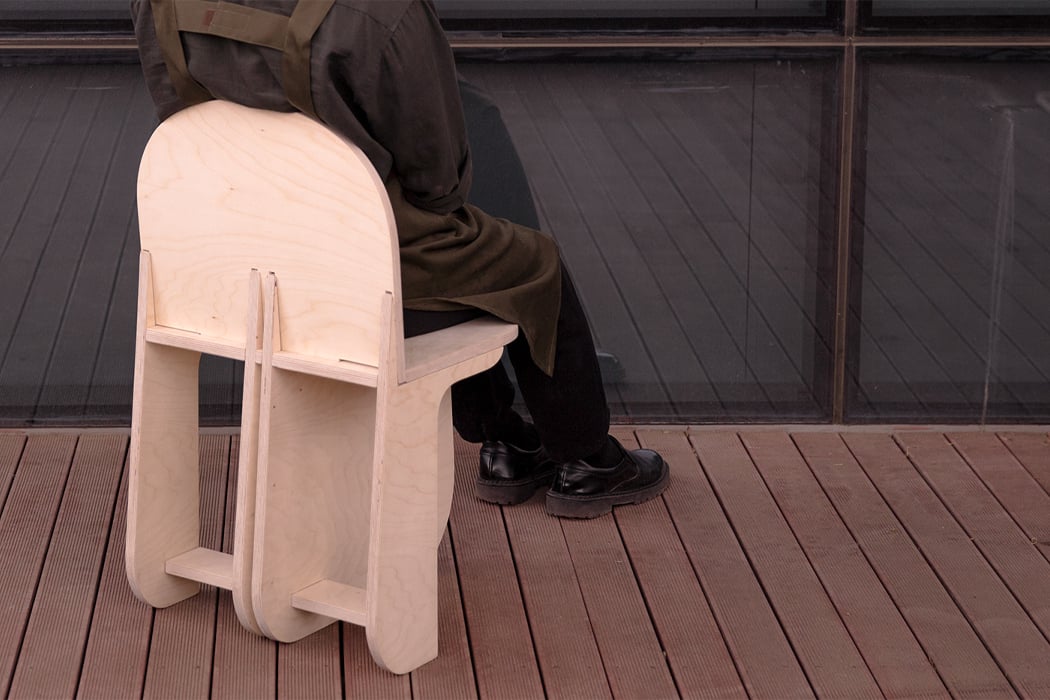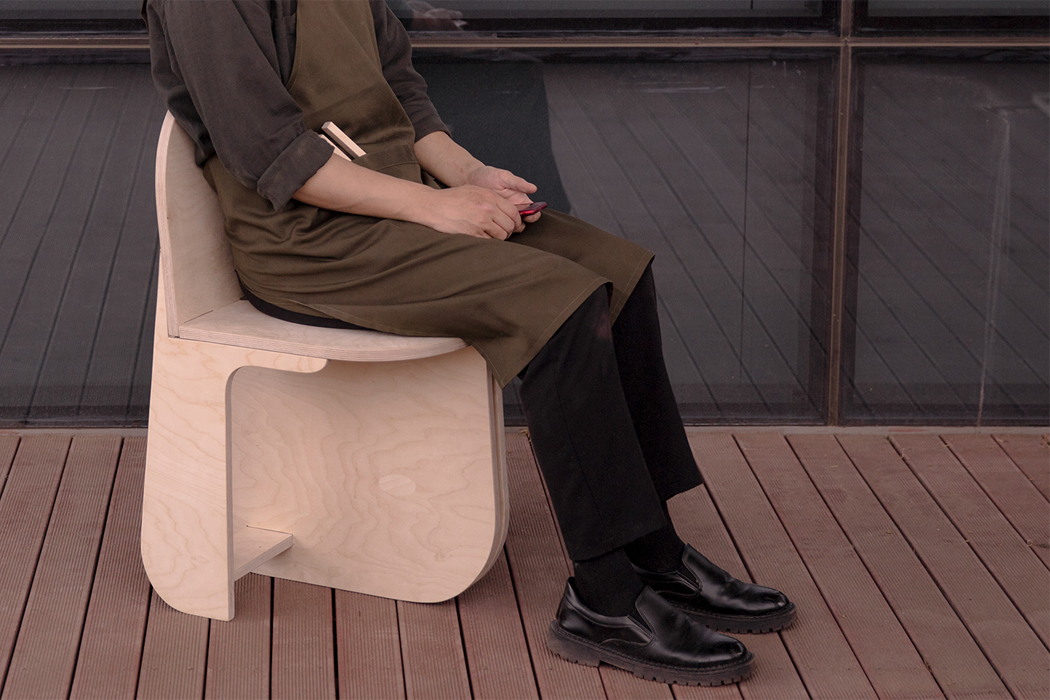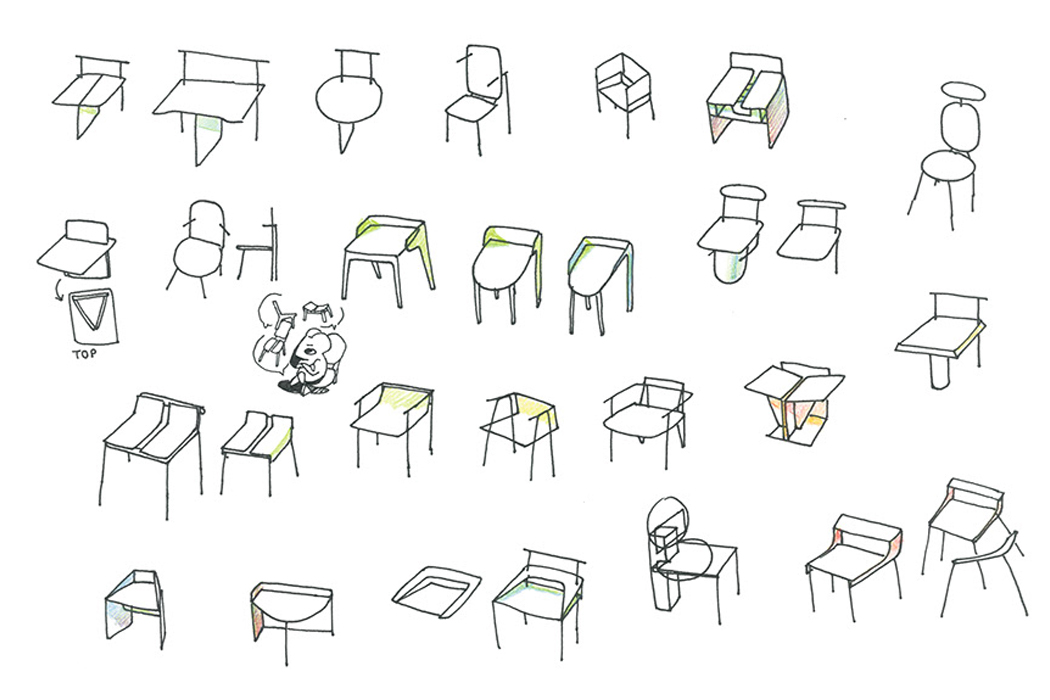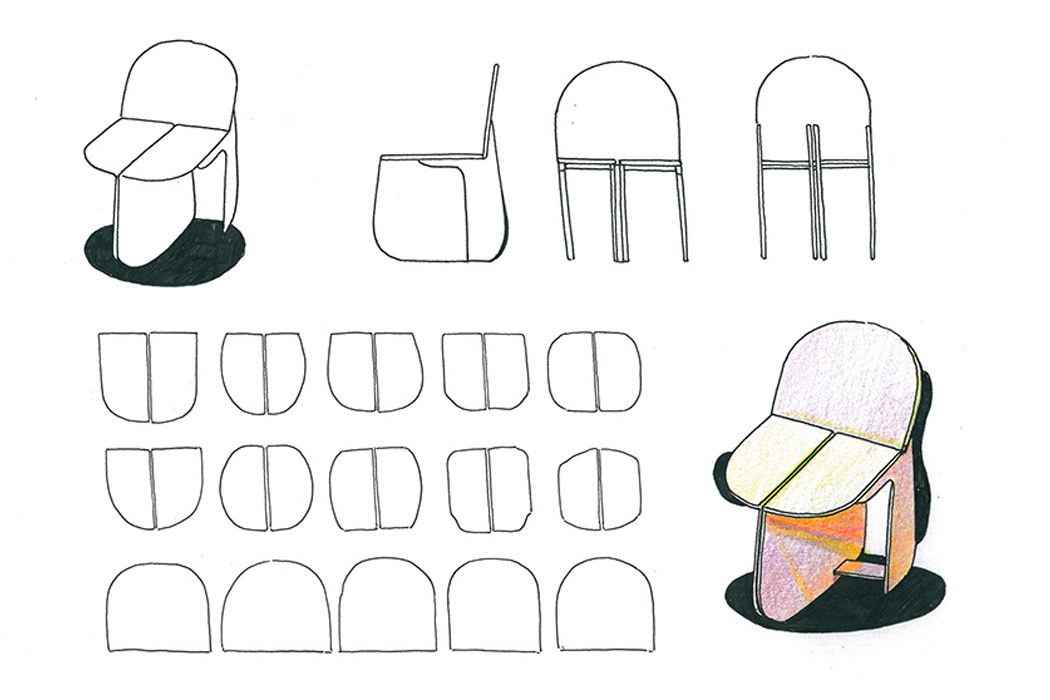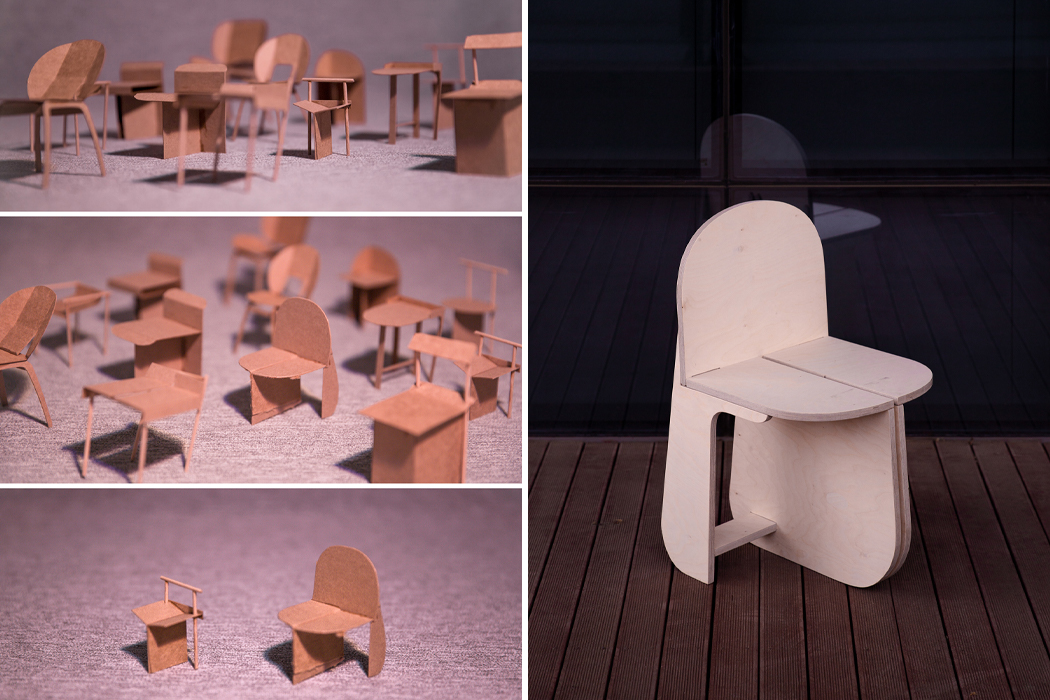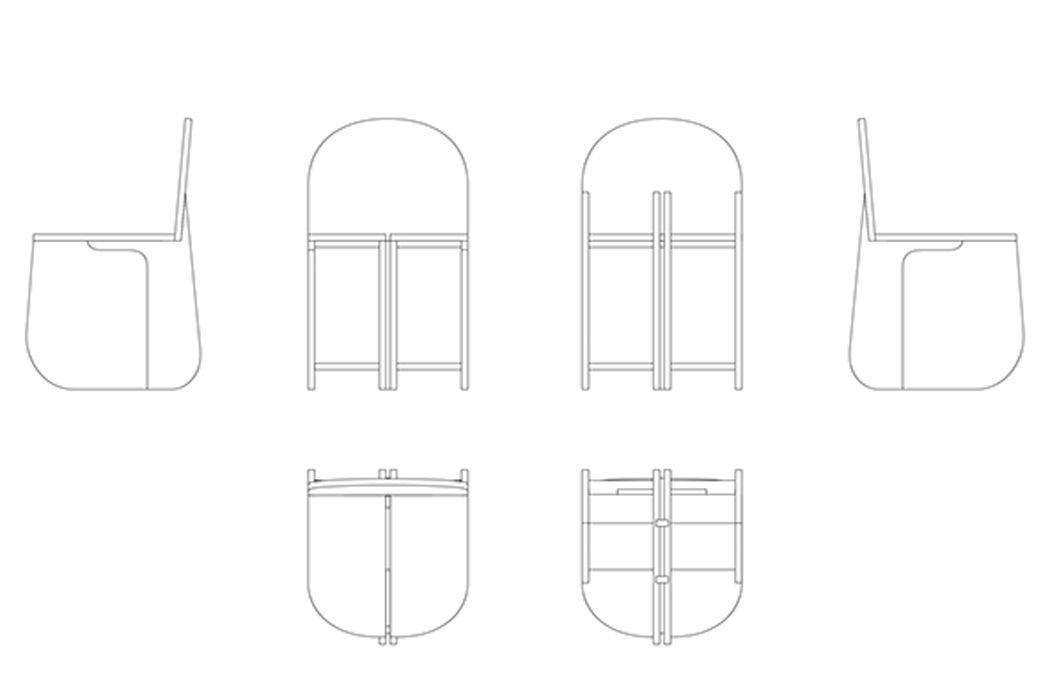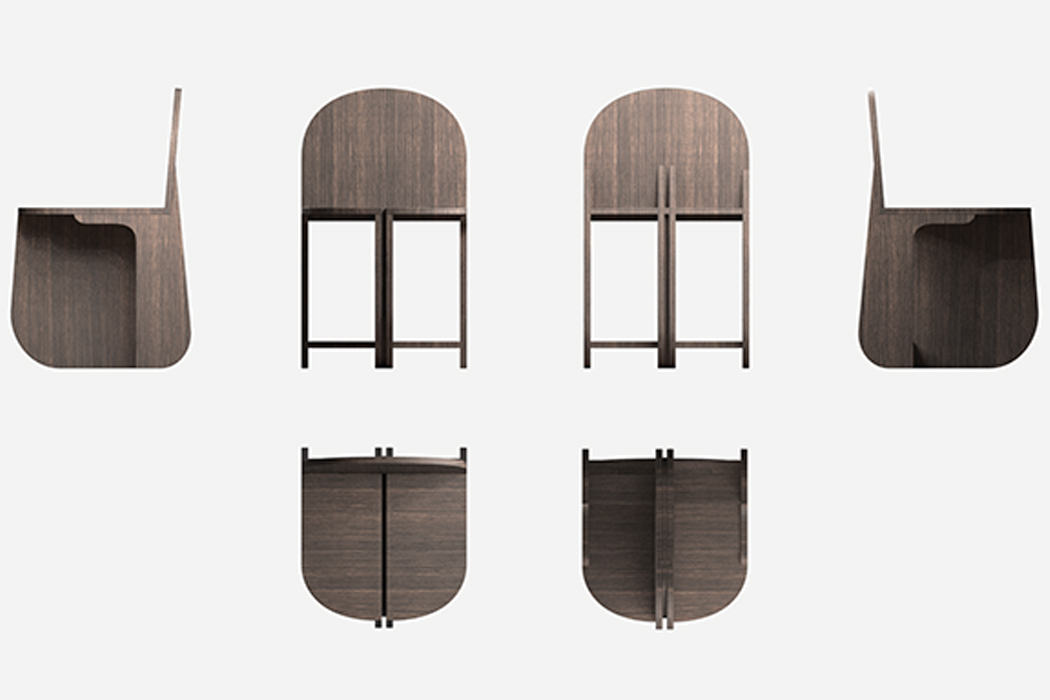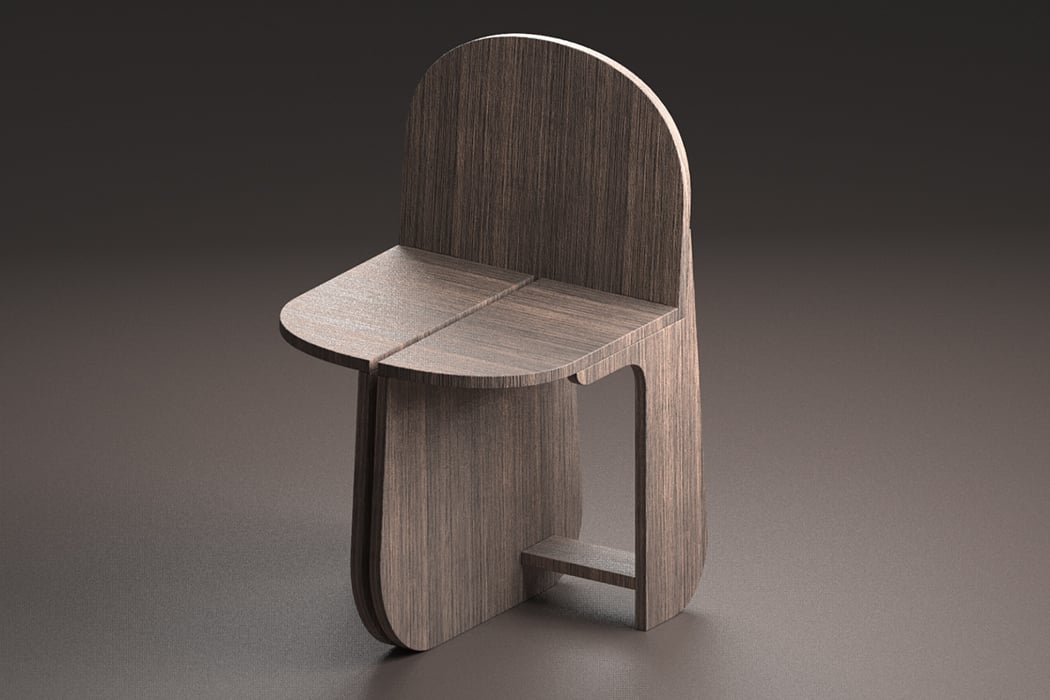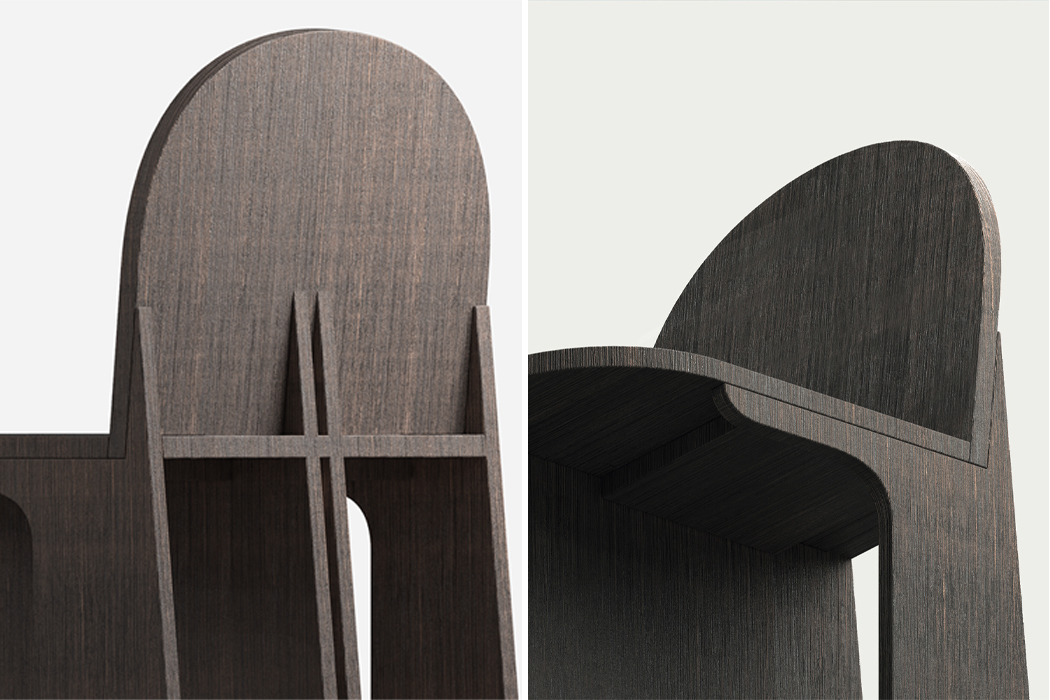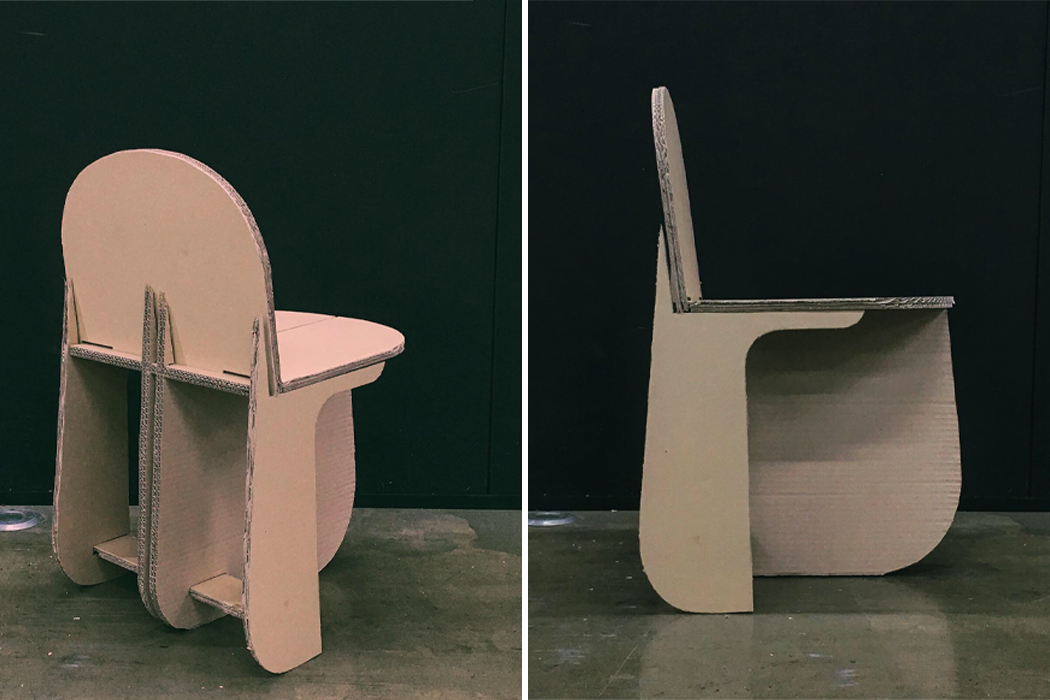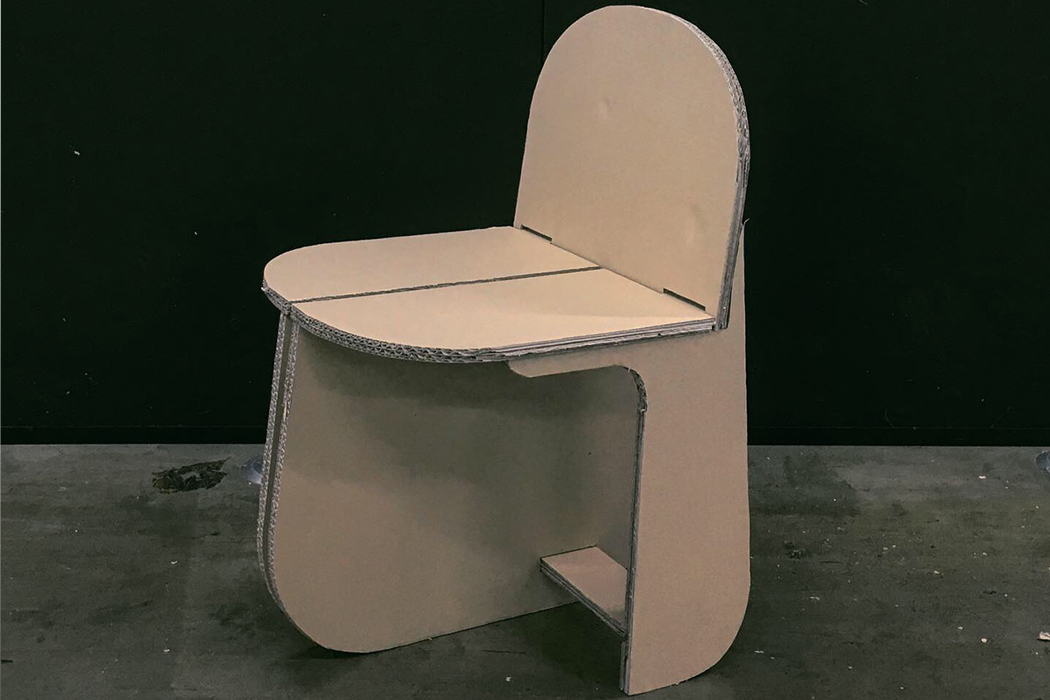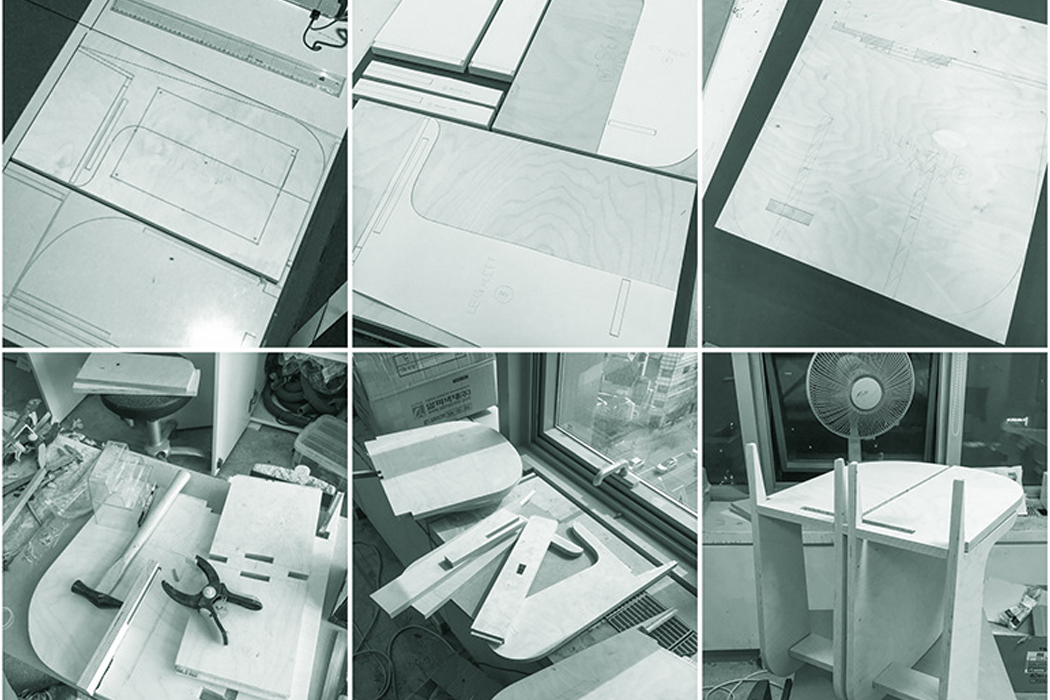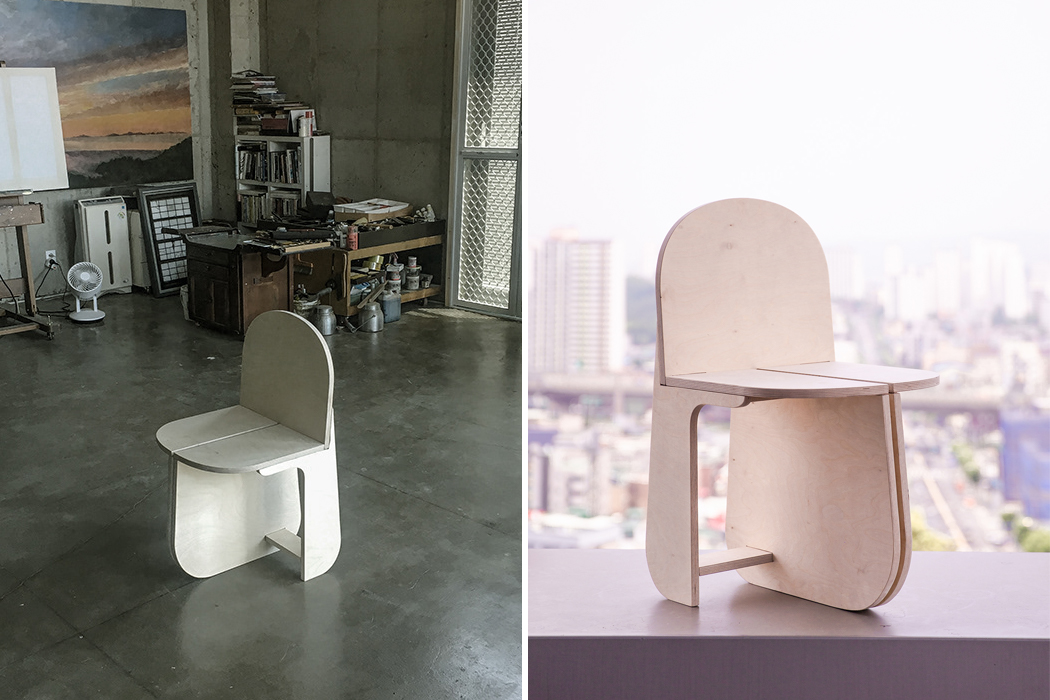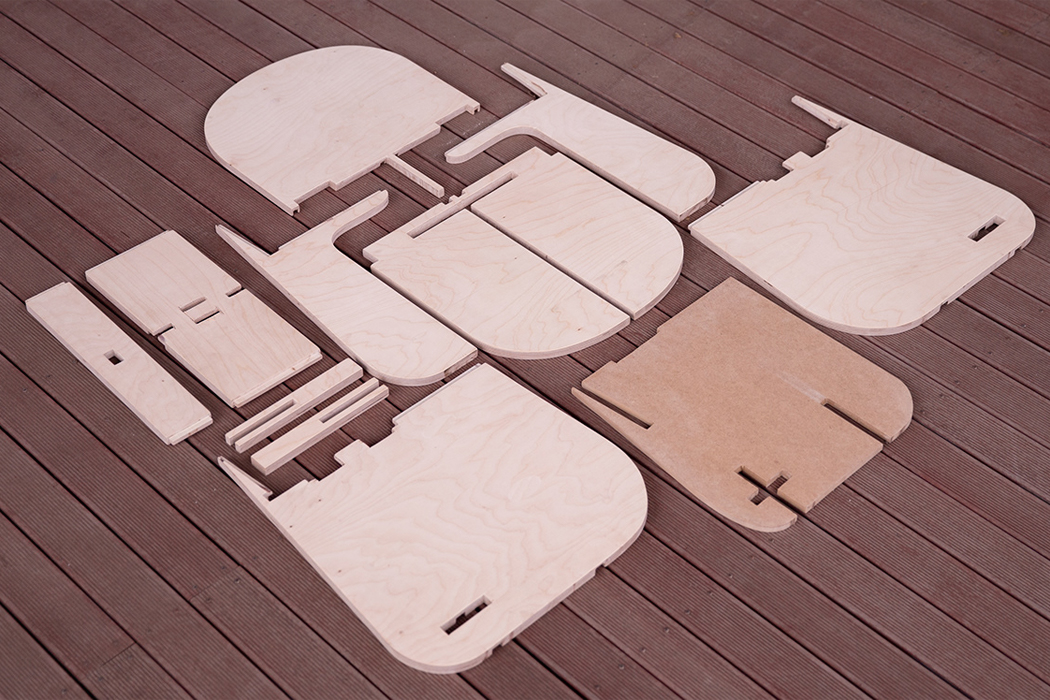CNC machining plays a transformative role in modern manufacturing and revolutionizes product design and production by automating machine tool control through computers. Therefore, CNC machining is a high-precision solution for modern manufacturers, utilizing advanced electro-mechanical devices to move tools across various axes based on computer-programmed instructions. A typical CNC machine includes a controller, machine tool, and workpiece. The controller executes instructions from a computer program, directing the machine tool to cut or shape the workpiece.
Designer: Proximars
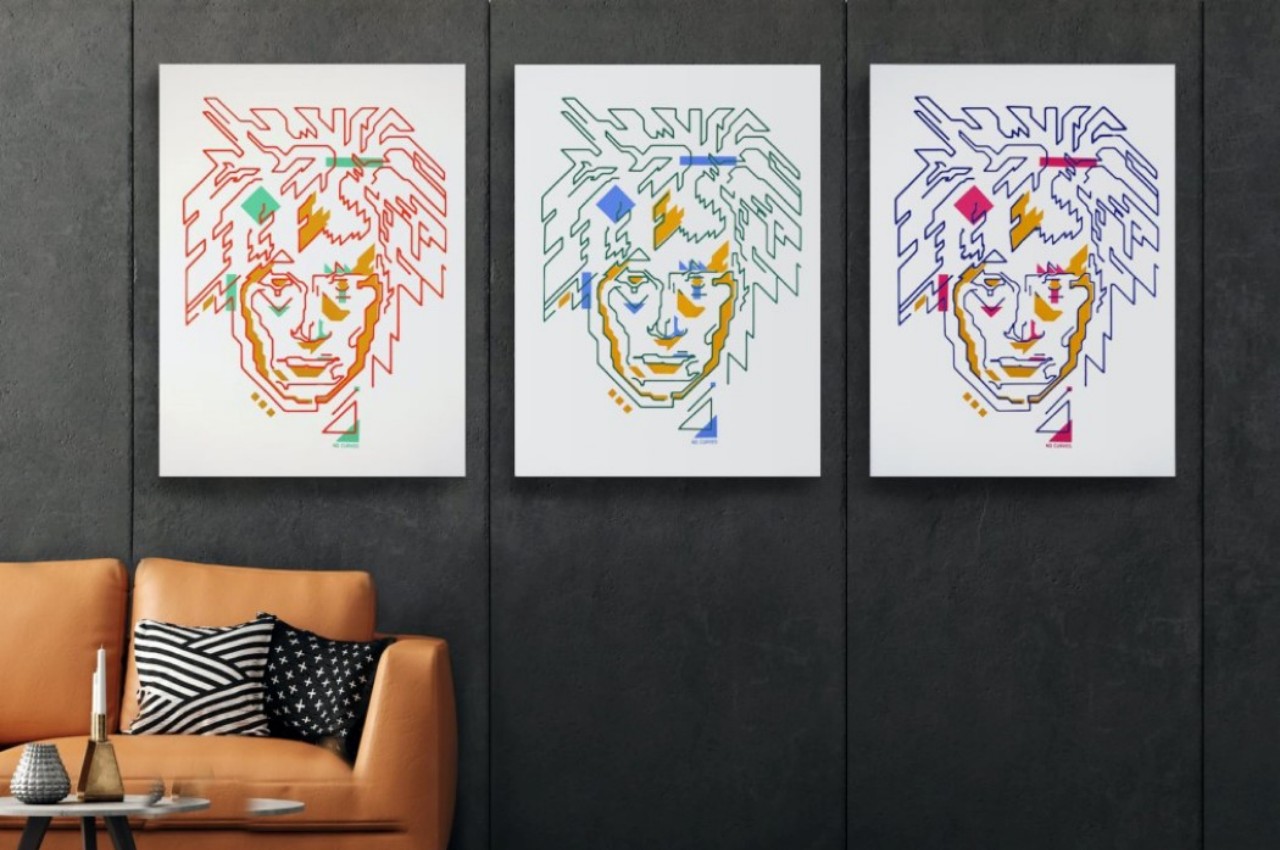
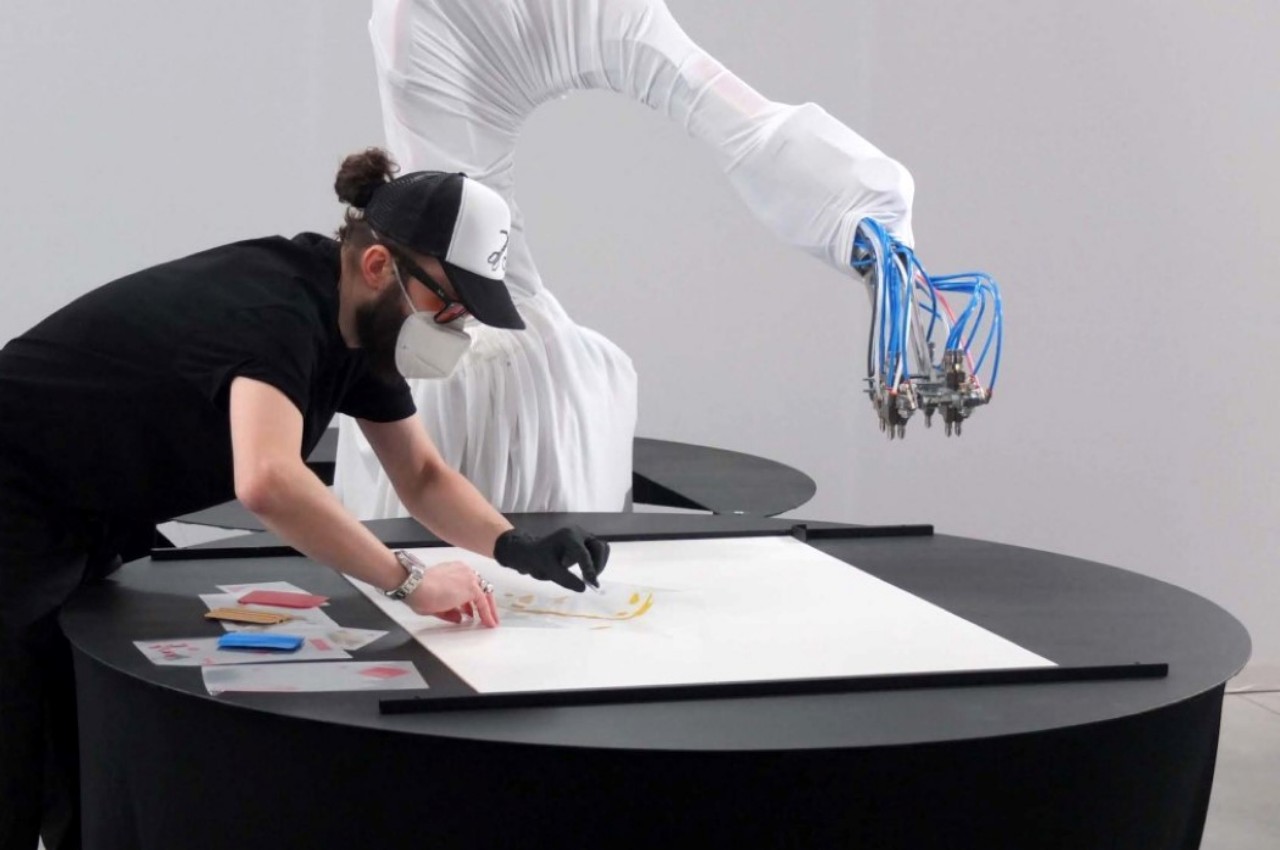
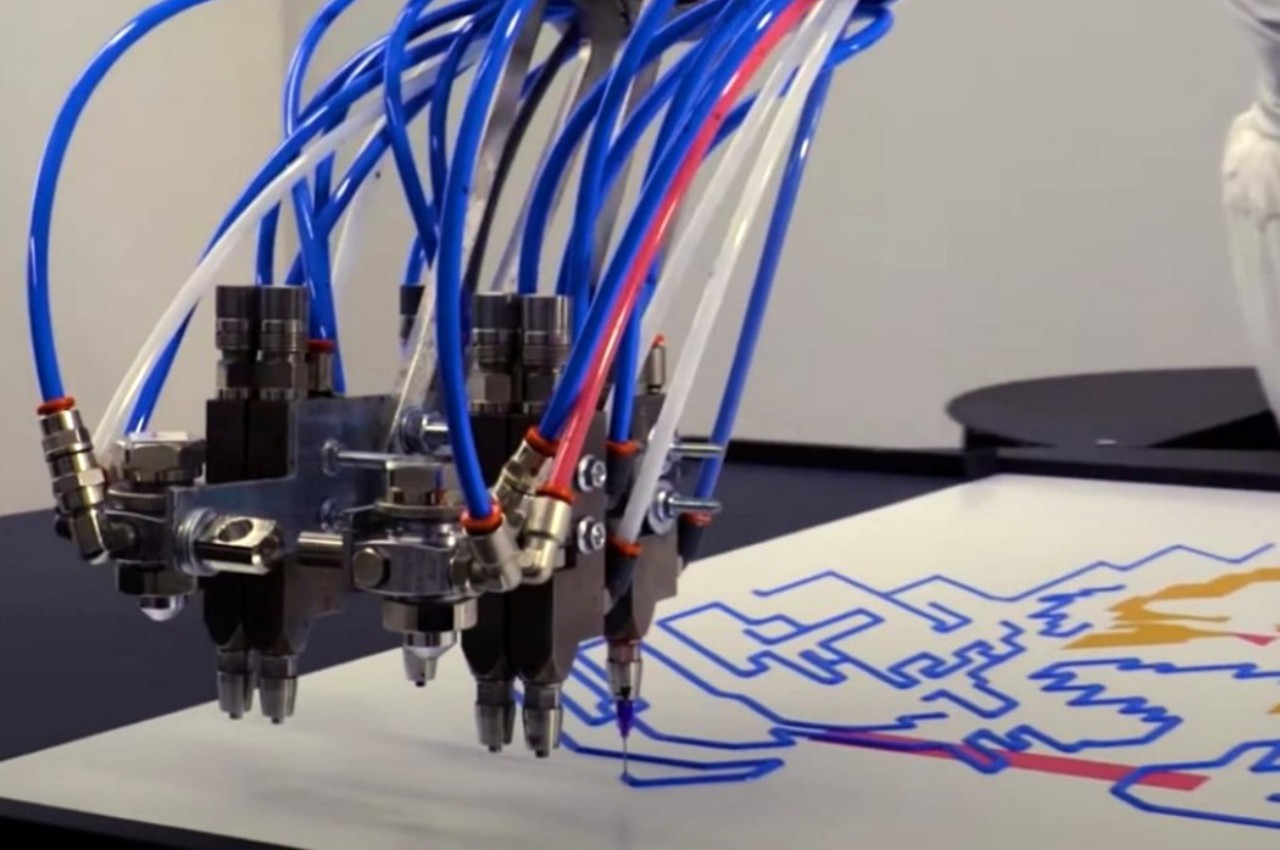
While robots are typically associated with repetitive tasks, Primus challenges this notion by partnering with human creators to execute artistic visions. This robotic arm translates digital art into commands, creating geometric pieces reminiscent of Andy Warhol. With Primus, users can mount a canvas, calibrate, and begin painting, combining human creativity with robotic precision for a truly unique artistic experience.
What are the advantages of using CNC Machining?
1. Accuracy
Precision turning machines operate autonomously, ensuring defect-free products with consistent accuracy. Governed by codes and software, they maintain settings throughout production cycles for product consistency. Additionally, they operate continuously without compromising quality.
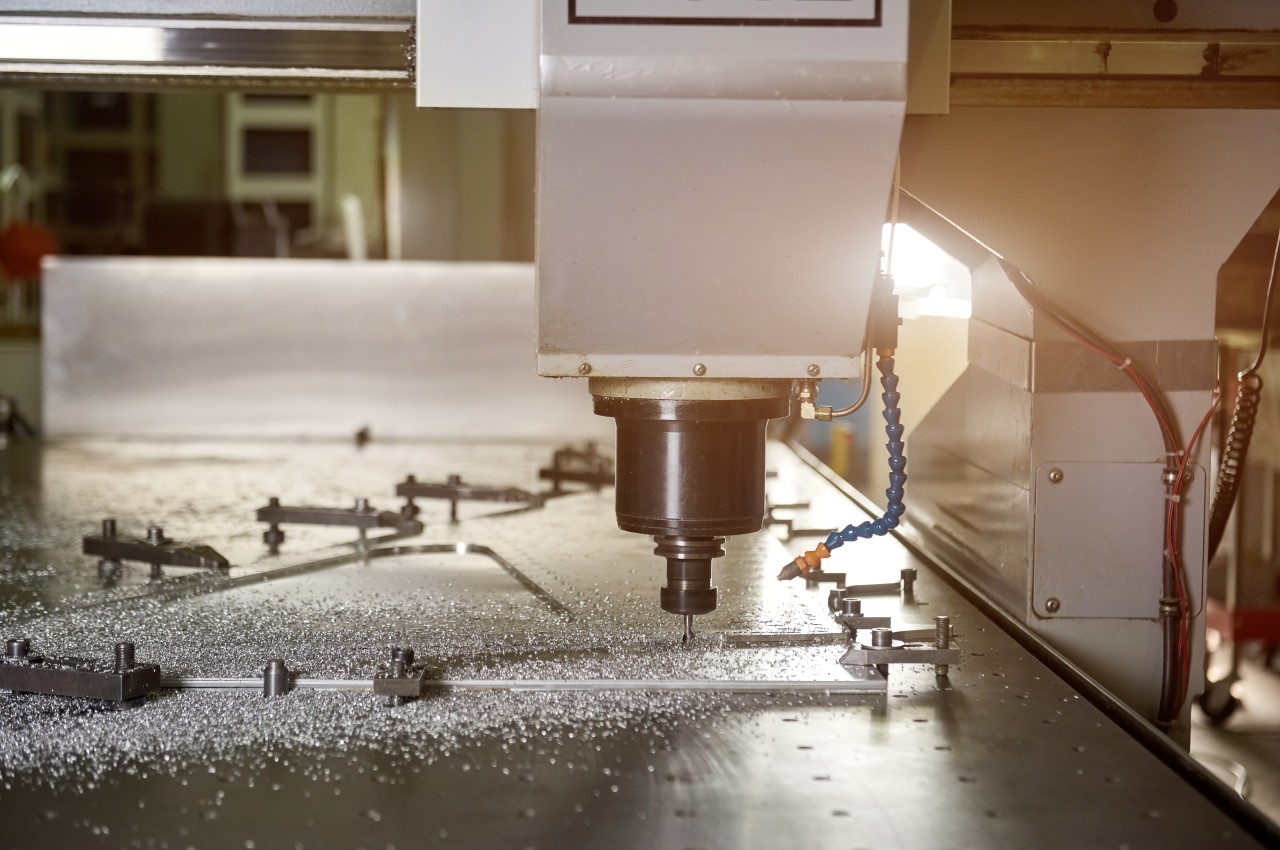
Image courtesy of: stockfilmstudio
2. Achieves Speed in Production
The Running milling machines can run at their fastest speed to meet high demands, they can work nonstop, 24/7, staying accurate and saving material. This makes production fast, efficient, and scalable without extra costs.
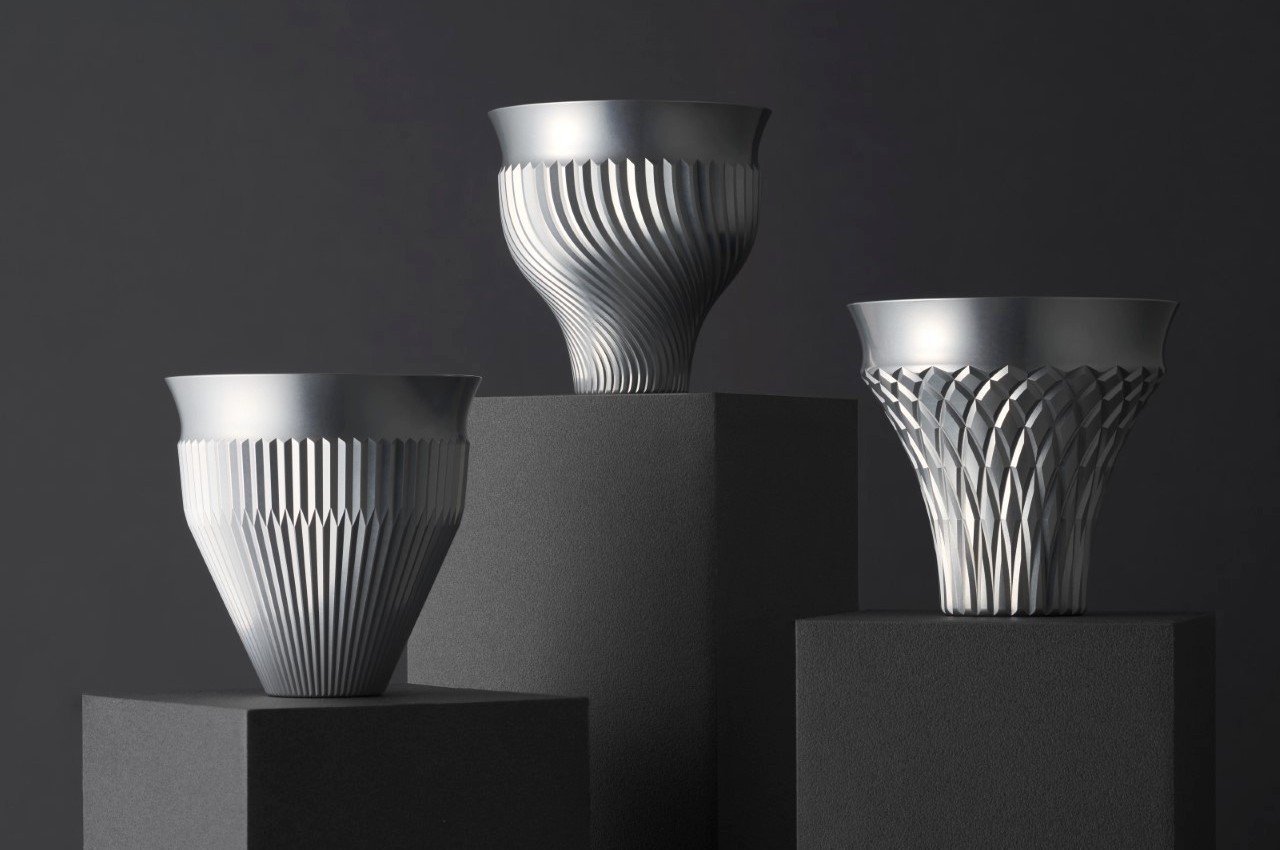
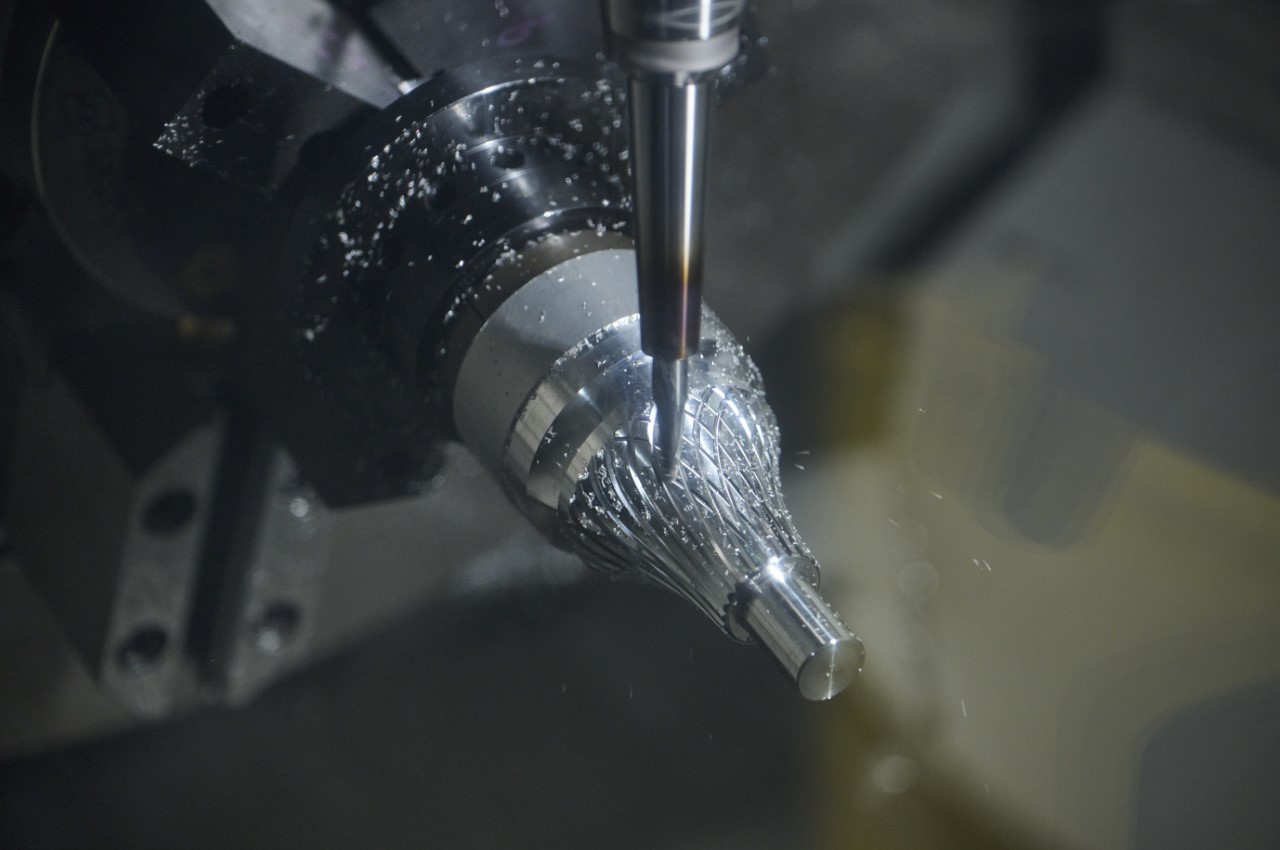
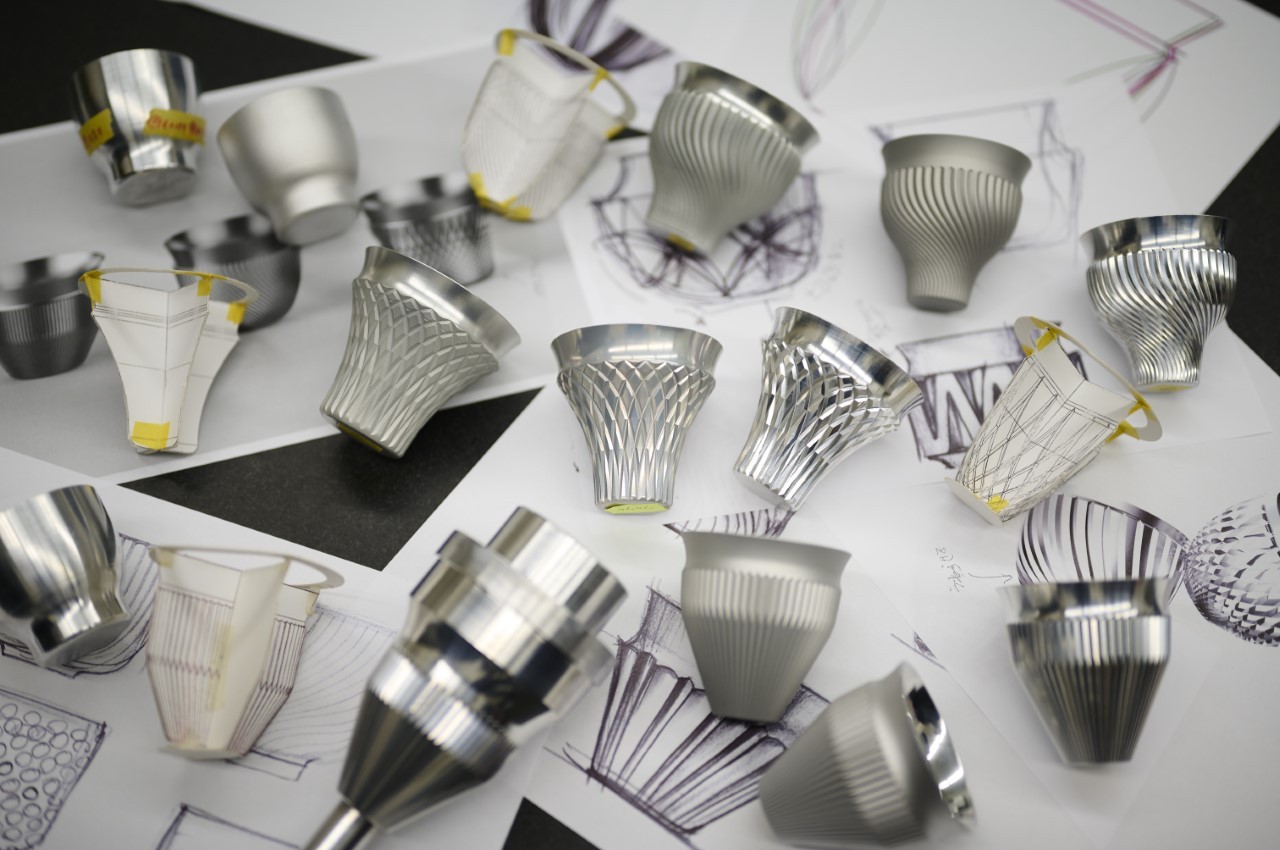
Designer: Kenji Abe
Kenji Abe’s Hakusaku series features exquisite machined aluminum saké glasses designed to elevate its visual appeal. Crafted from duralumin, these cups boast thin rims, as slim as 0.6mm, offering a unique drinking experience. Precision-machined and adorned with geometric textures, they prevent temperature transfer while enhancing aesthetics.
3. Lower Production Costs
Using CNC machines drastically cuts down production costs, enhances efficiency, and scales production without waste. It also reduces energy usage, trimming operational expenses, making it a cost-effective method without sacrificing quality. Additionally, the low overhead cost due to minimal human intervention substantially reduces expenses.
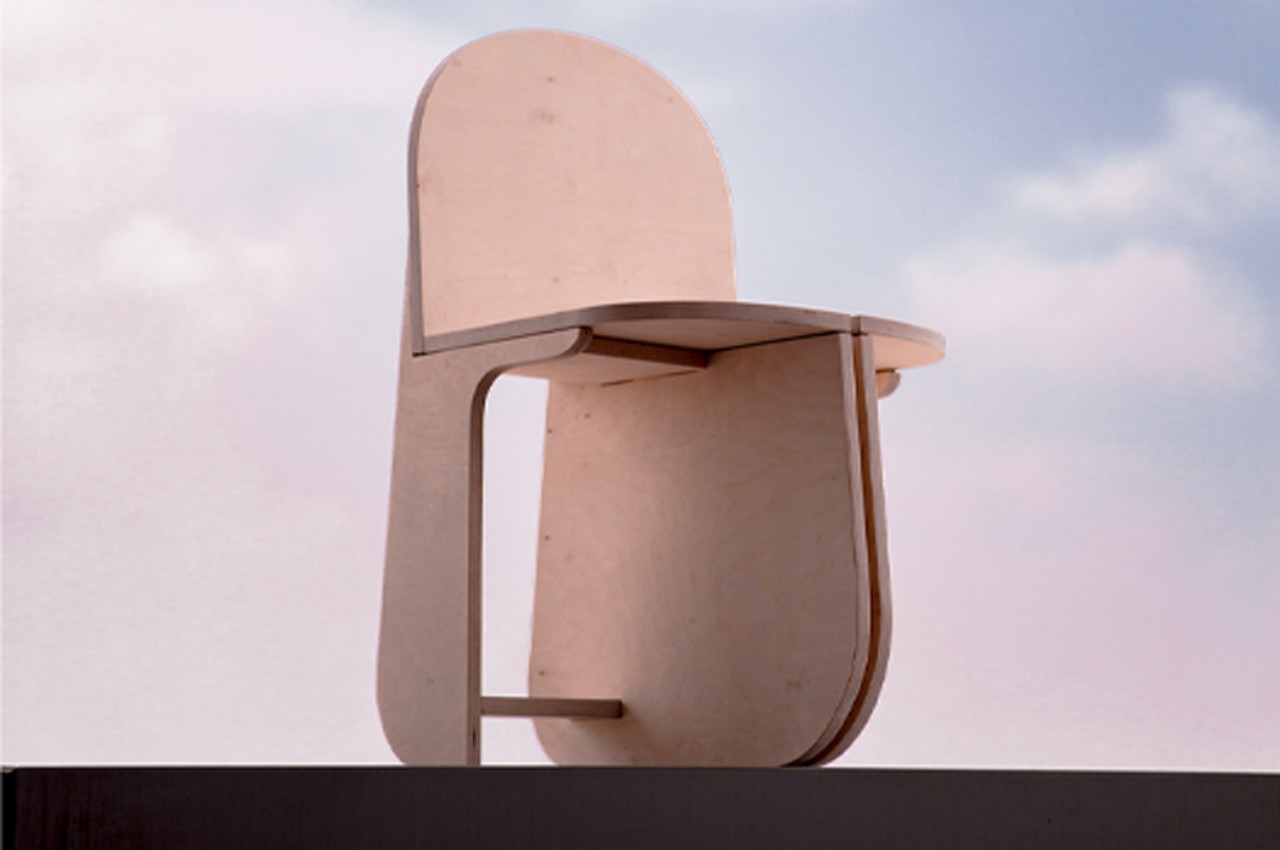
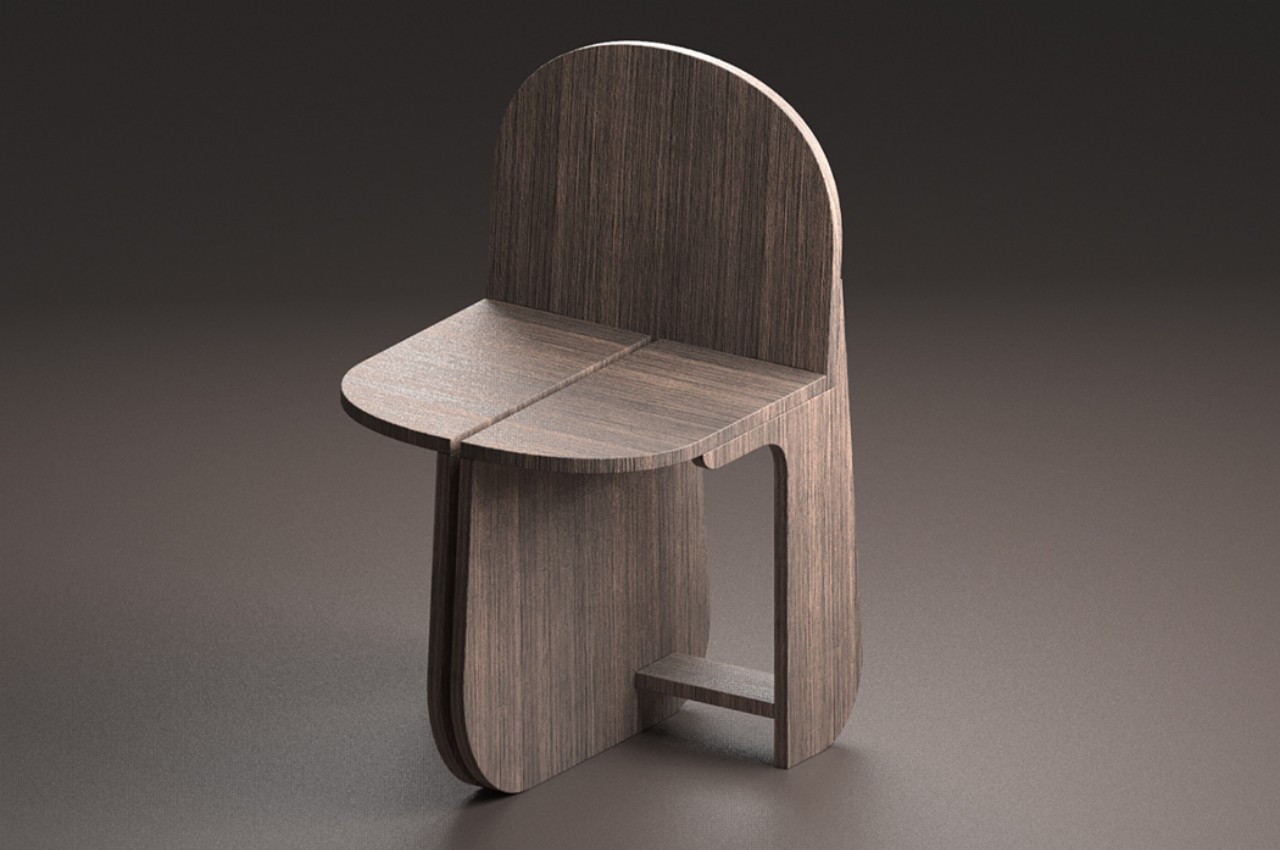
Designer: Yunjae Lee
Designing unique chairs can be tough due to their long history, yet they inspire endless creativity. Seoul-based designer Yunjae Lee innovates with birch plywood and CNC milling, crafting a chair with three rounded legs, requiring no additional hardware for assembly. The Tri-Round Chair, reminiscent of IKEA projects, breaks down into eleven pieces before assembly, creating a stable structure with its interlocking design. Built from 18mm birch plywood, the chair offers stability without extra hardware, reimagining traditional chair design with a modern twist.
4. Reduced Wastage
CNC machines use iterative optimization to minimize waste and produce components efficiently. This approach, coupled with fixed tooling and routes, maximizes raw material usage and significantly reduces waste for manufacturers.
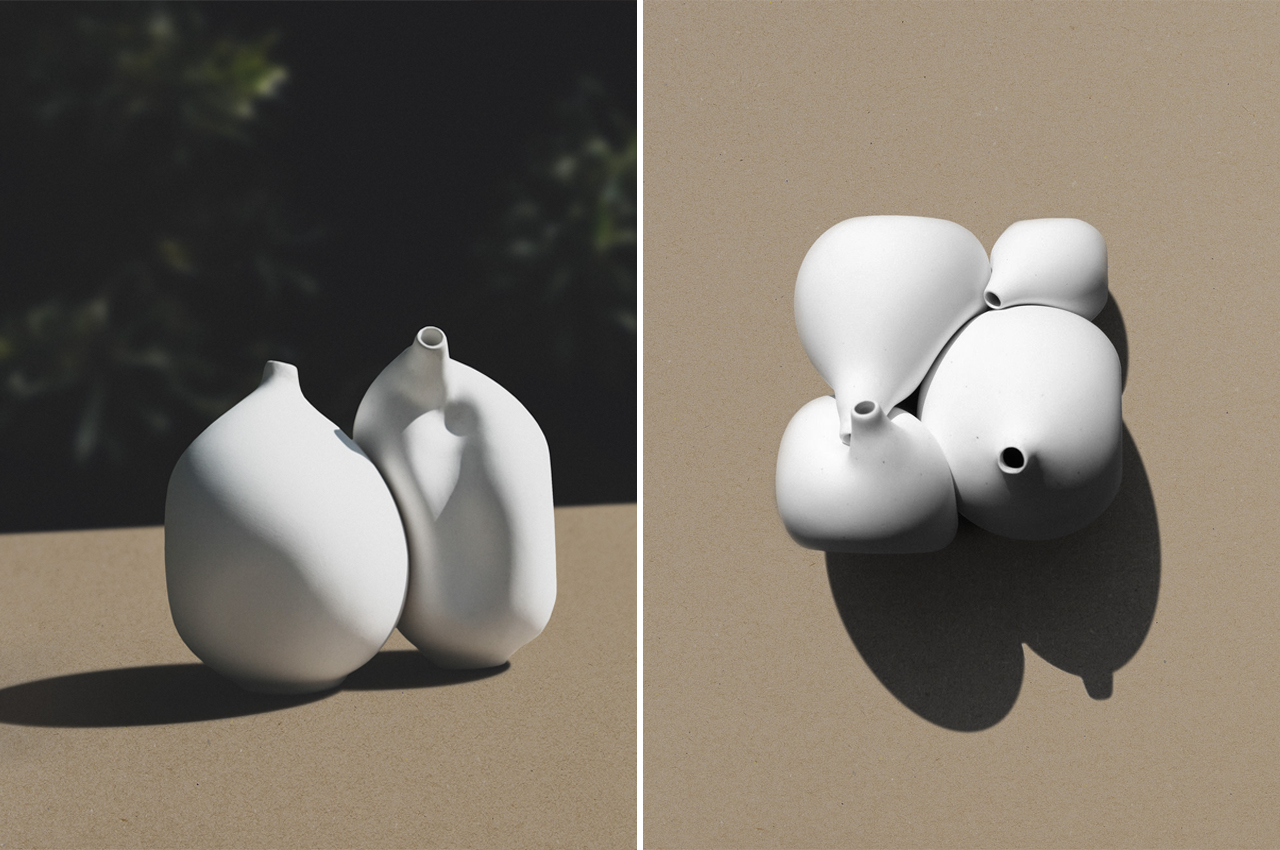
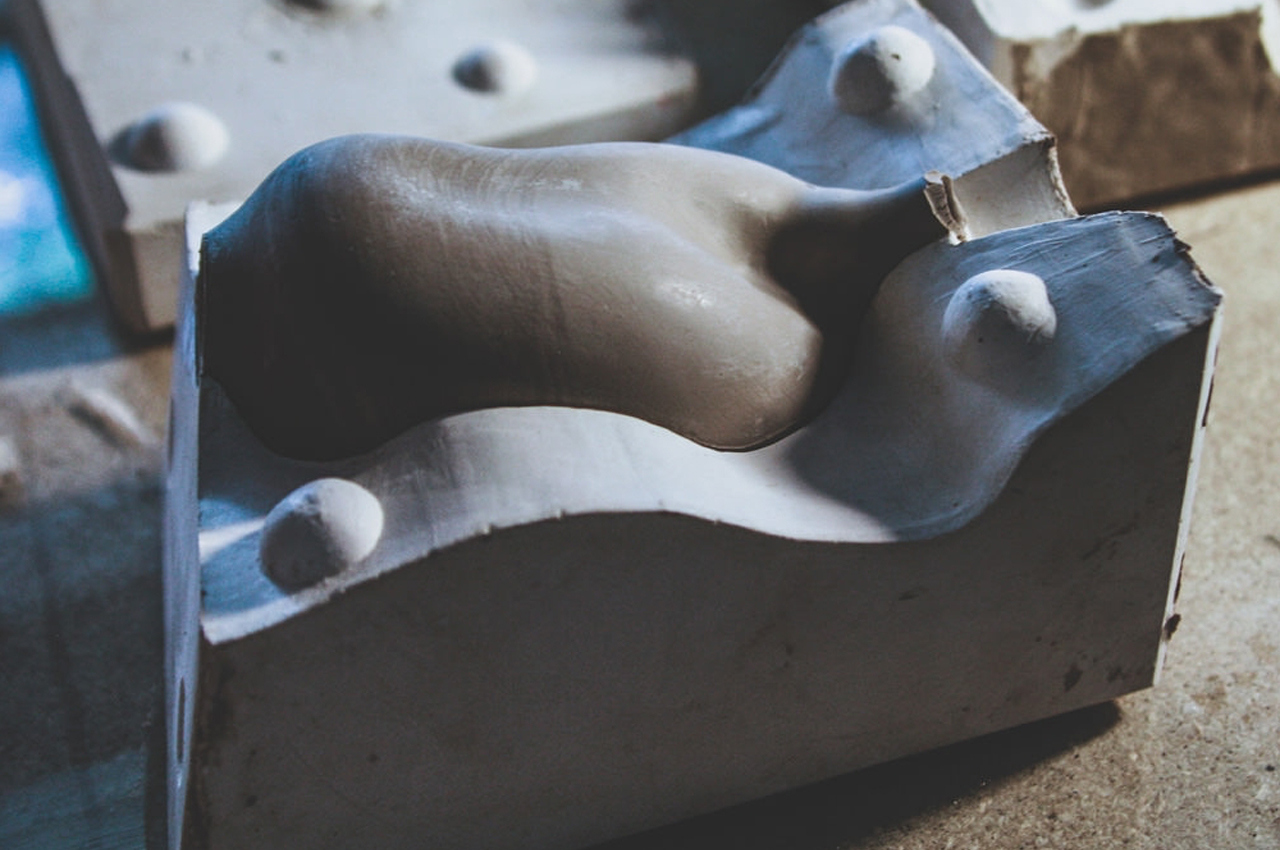
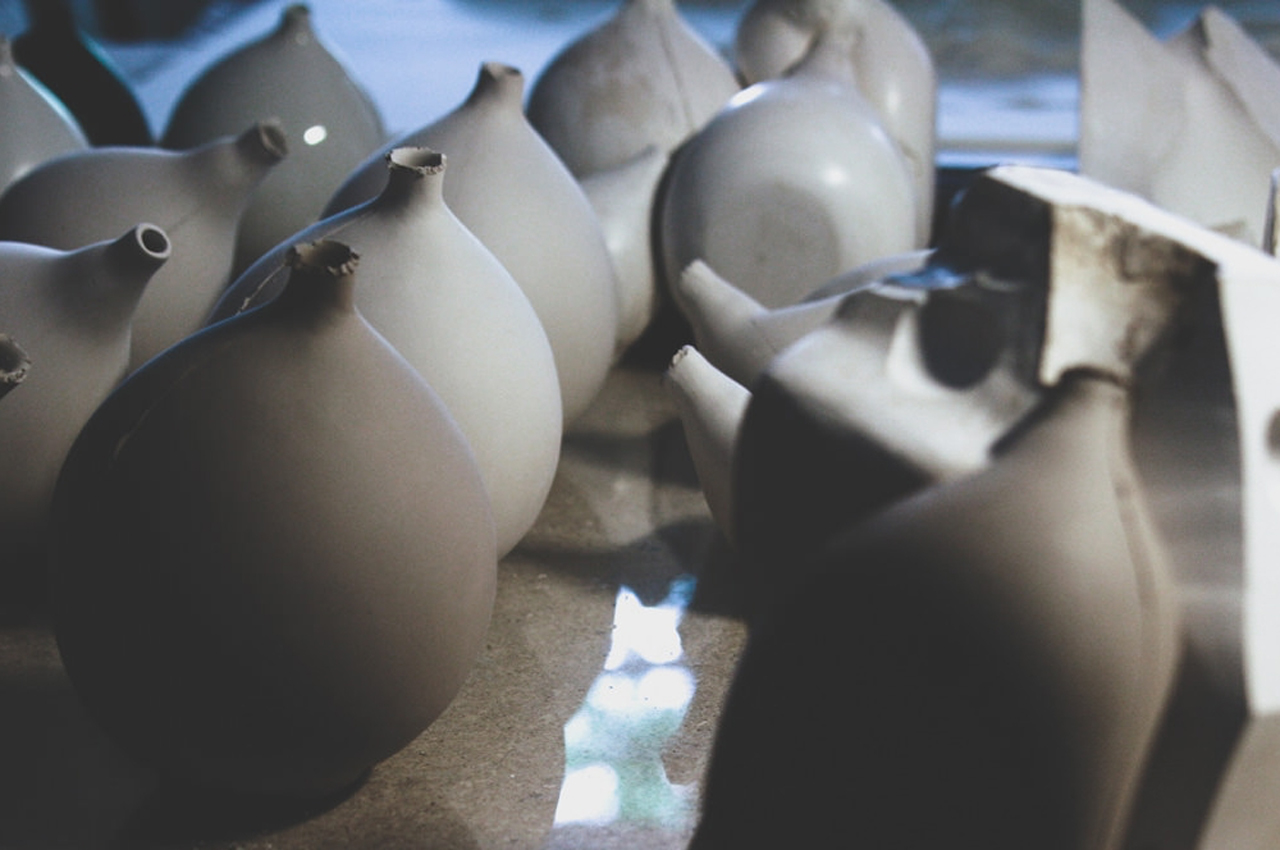
Designer: Jörg Hugo
Ceramic Bodies is a collection of four porcelain vases designed by Jörg Hugo to fit together like a three-dimensional puzzle. Utilizing a blend of digital and analog design methods, Hugo creates timeless pieces that explore the relationship between materiality, form, and space. Each vase undergoes geometric optimization to minimize structural mass and energy, resulting in a visually captivating ensemble. CNC-milled plaster molds ensure precision in sizing, while 3D-scanning and modification techniques enable efficient production and customization. This innovative approach combines the craftsmanship of handcrafted ceramics with the efficiency of digital design, offering a unique and visually striking addition to any space.
5. Ensures Safety
One primary benefit for CNC machine operators is safety. CNC machines operate behind guards or enclosed, transparent safety doors, making them much safer than manually operated machines.
6. Supports Various Materials
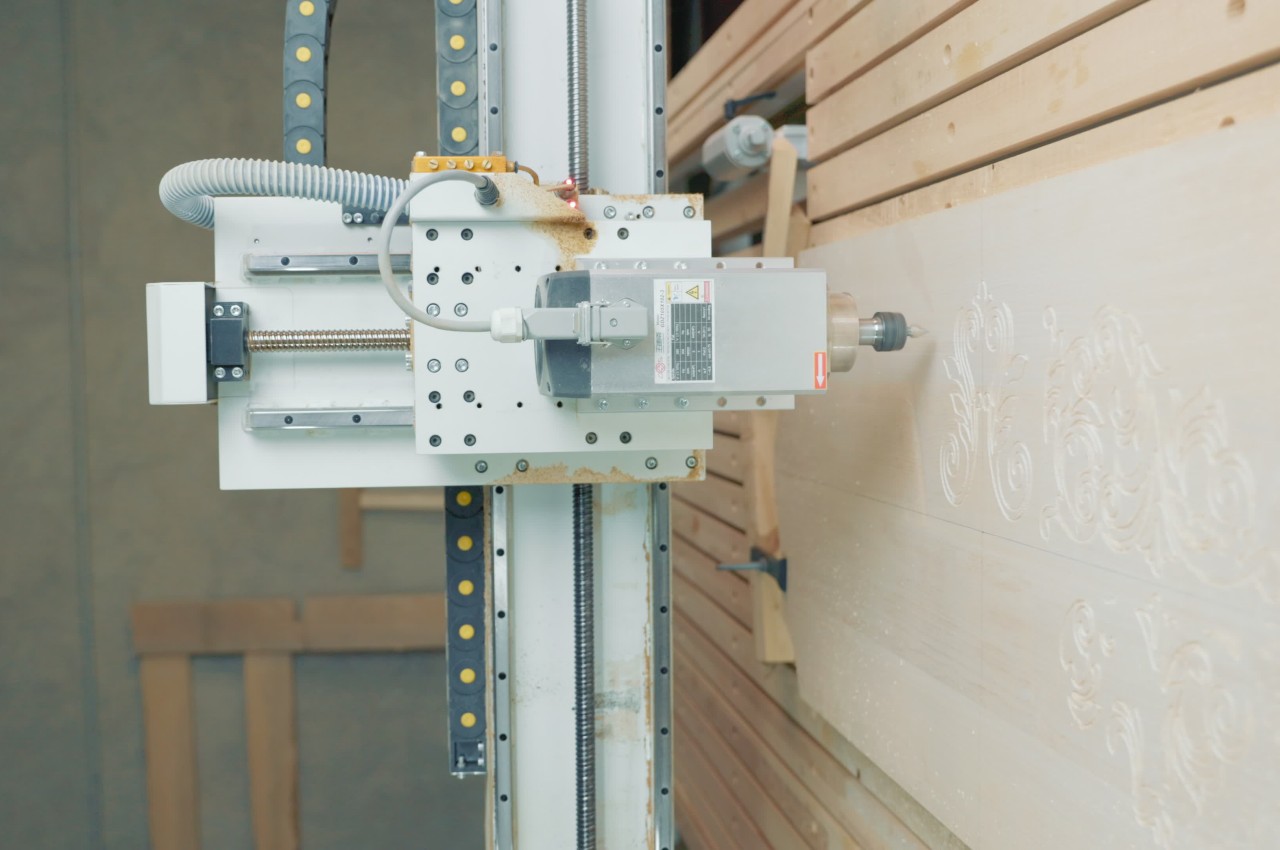
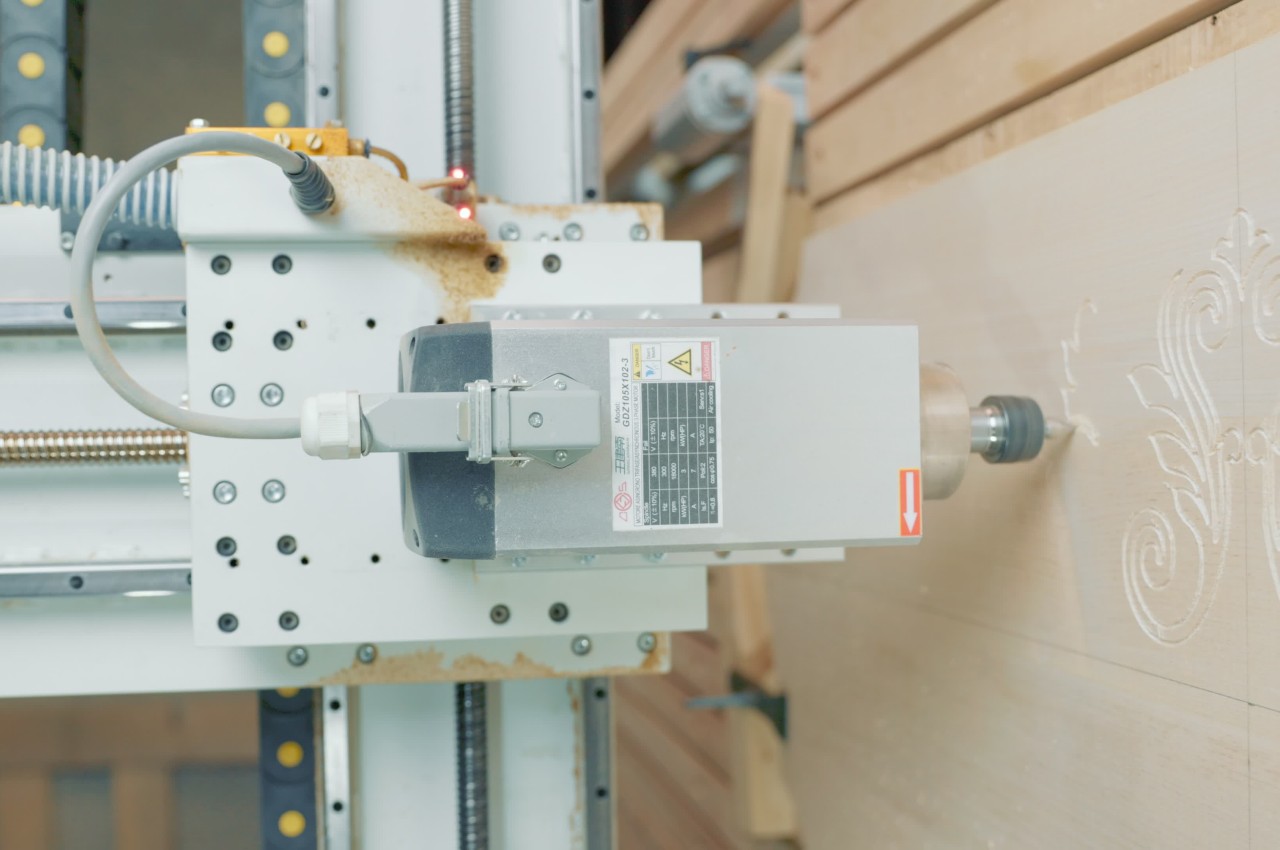
Image courtesy of: zokov
CNC machines work with a variety of materials, including composites, metals, foam, phenolics, and plastics. When choosing materials for CNC milling, some factors like hardness and heat tolerance need to be taken into consideration.
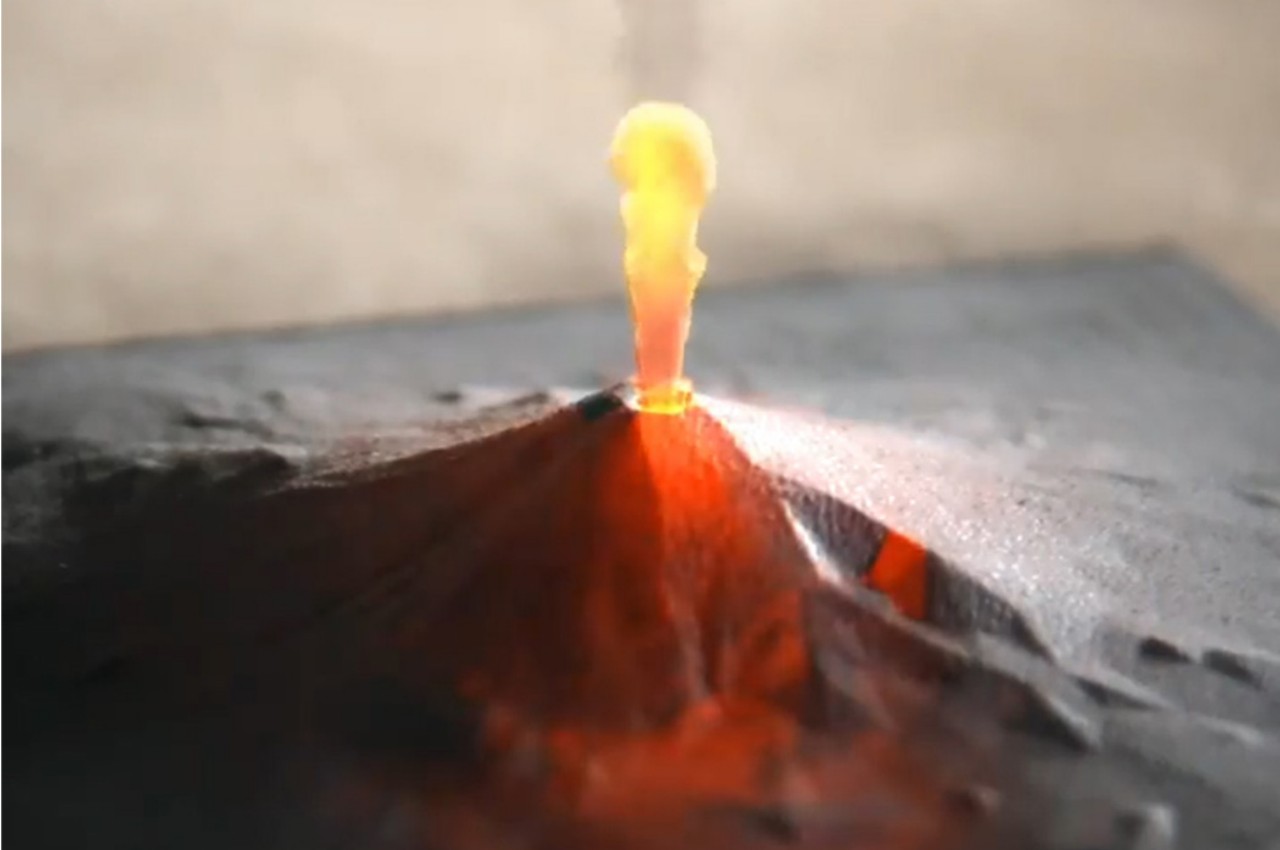
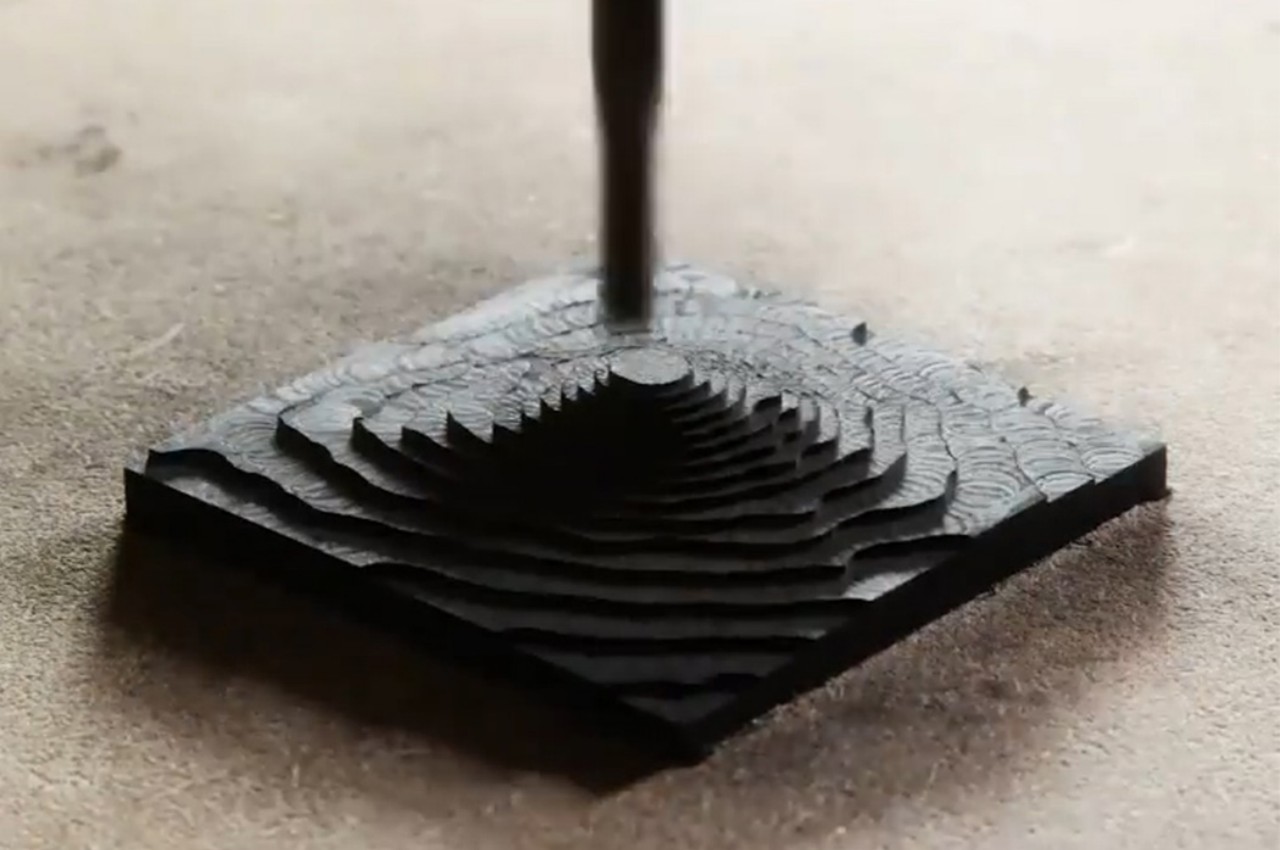
Designer: Dom Riccobene
Dom Riccobene’s CNC-machined Mt. Fuji sculpture showcases the intricate beauty of Richlite, a durable and sustainable material. Blending data, art, and design, Riccobene creates detailed sculptures crafted by algorithms, earning him the title of “data sculptor.” With applications in various industries, Richlite’s versatility and tactile properties make it a preferred choice for residential, commercial, and industrial uses.
7. Low Maintenance Required
CNC milling machines are low-maintenance, usually requiring only periodic tool changes and light cleaning. This in-house serviceability saves money as professional maintenance engineers are not needed.
8. Consistent Output
The CNC process ensures uniformity by being computer-controlled, resulting in identical parts with no variations in quality.
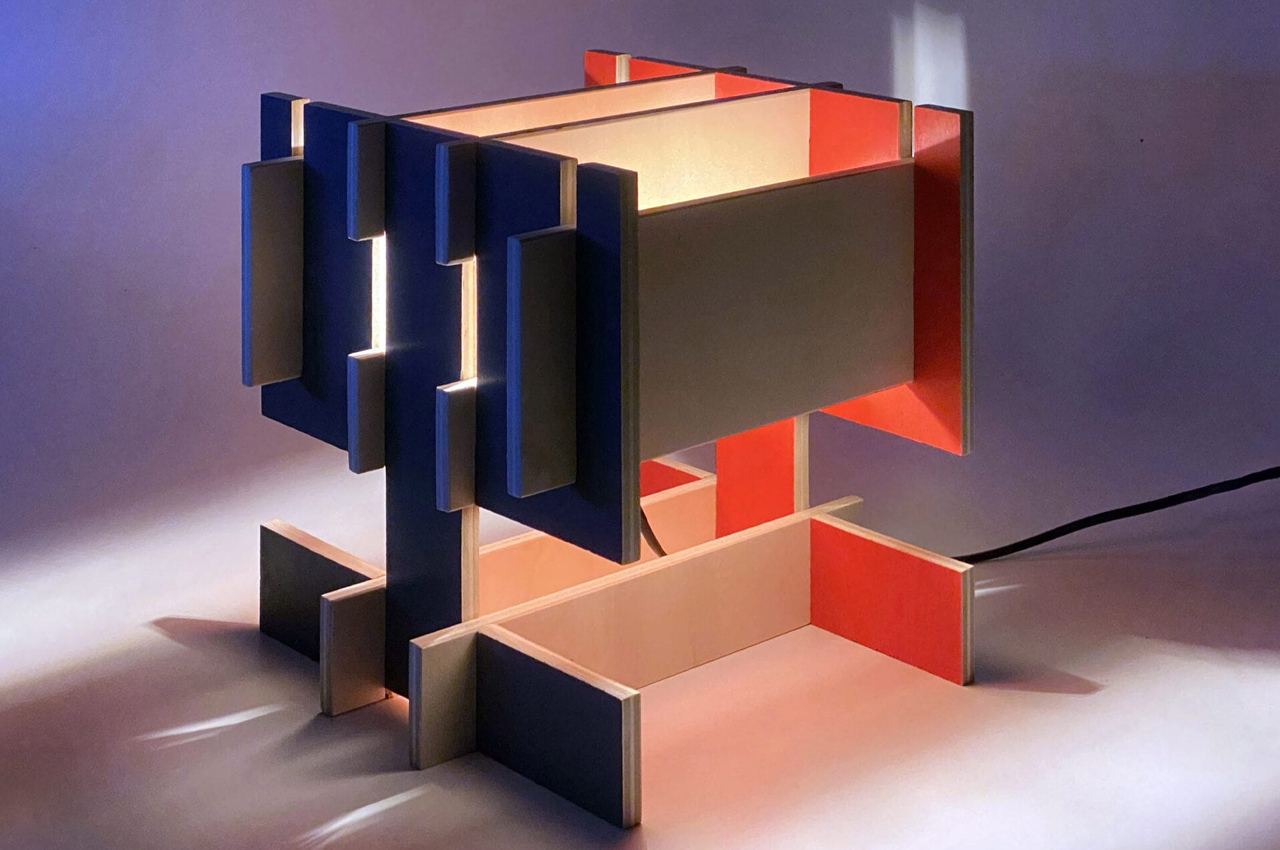
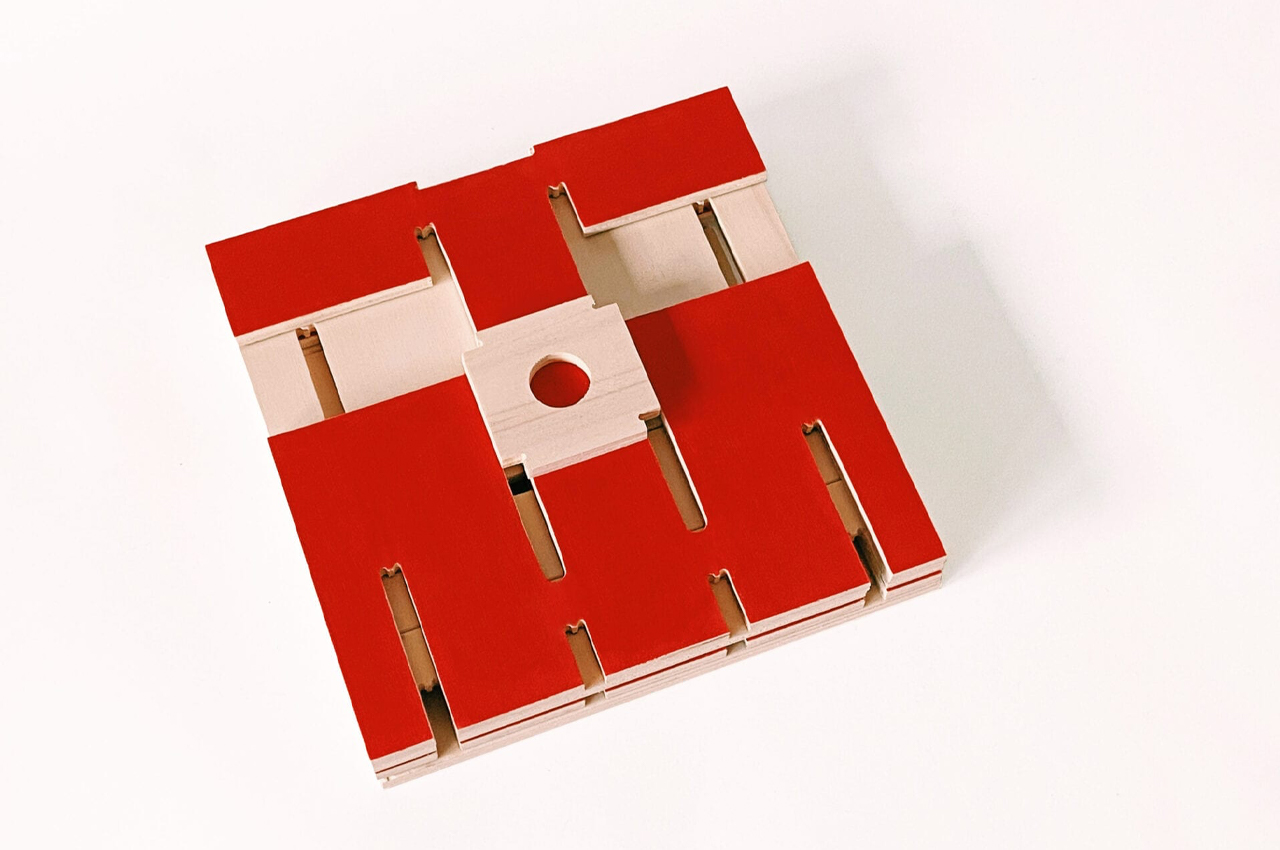
Designer: Baliza Norte
The BN! lamp, a modular table lamp crafted with CNC milling techniques, ensures precise and interchangeable assembly. Inspired by timber toys, its design guarantees symmetry and seamless operation. Delivered in a flatpack, it requires no extra hardware for assembly. Each component is meticulously crafted for easy replacement, and users can choose a bespoke brown color scheme.
CNC machines initially require a higher investment than manual machines, but as usage grows, costs decrease. Skilled technicians are still essential for programming and supervising, but finding them can be challenging, potentially impacting the quality of machined parts in some shops.
What are the four Steps of CNC Machining?
CNC machining progresses through four stages:
Step 1: Create the CAD Drawing
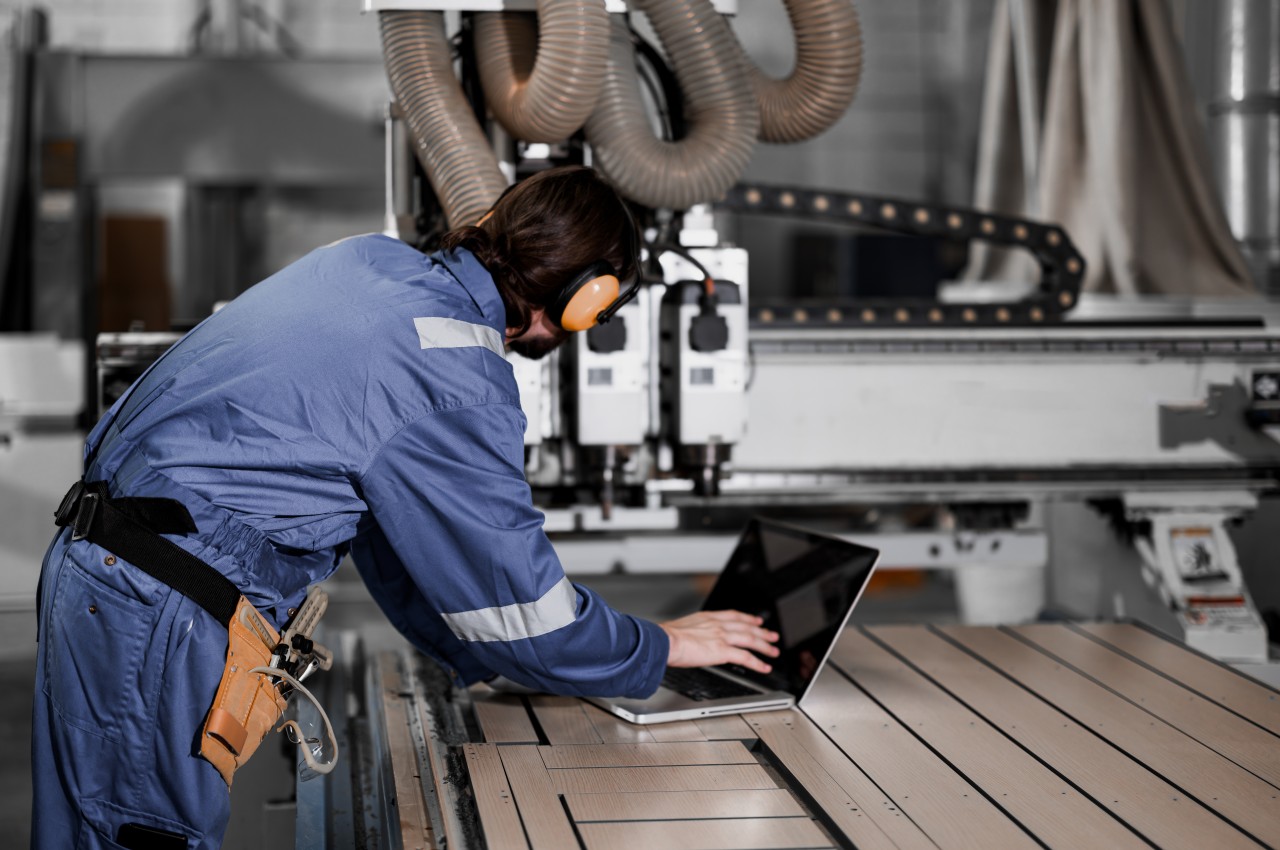
Image courtesy of: SpaceOak
The first step involves creating a CAD (Computer-Aided Design) model using 2D or 3D design software. Note that complex designs may require skilled designers, and the CAD model serves as the blueprint for the machining process, guiding the CNC machine in executing precise instructions for material cutting or shaping.
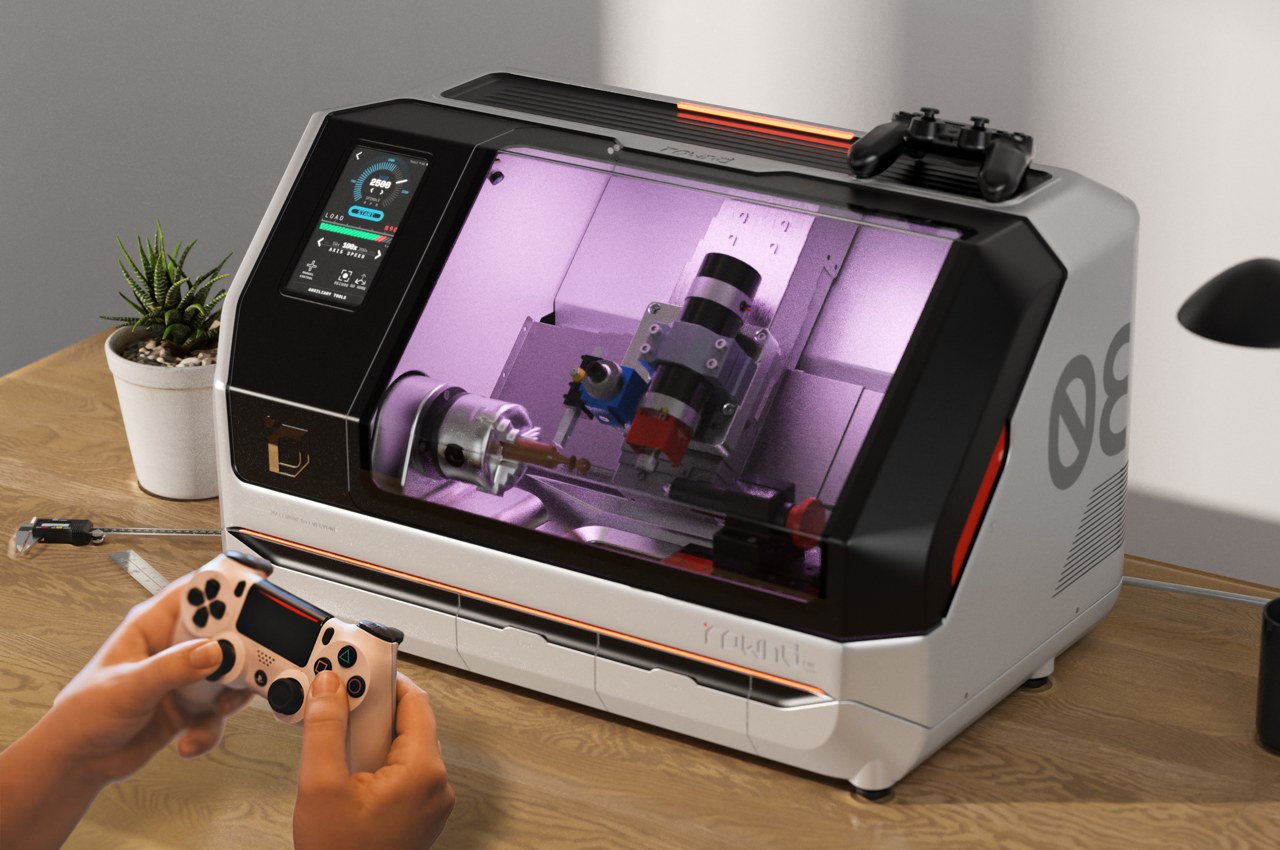
Designers: Ahmet Yasir Karakus & Ahmet Ergun
The ROWND unveils a user-friendly CNC lathe, compact and precise, suitable for new users and professionals alike. Its intuitive touchscreen interface and compatibility with various materials make it accessible and efficient for diverse projects.
Step 2: Convert CAD to CNC File
To convert CAD to CNC, use Computer-Aided Manufacturing (CAM) software or basic tools. CAM translates CAD designs into G code, which CNC machines understand. Note that basic tools offer simplicity but lack the advanced capabilities of CAM software.
Step 3: Configure the CNC Machine
Before manufacturing, the CNC machine needs proper setup, akin to configuring a printer. This involves positioning the workpiece accurately and configuring the die and other settings.
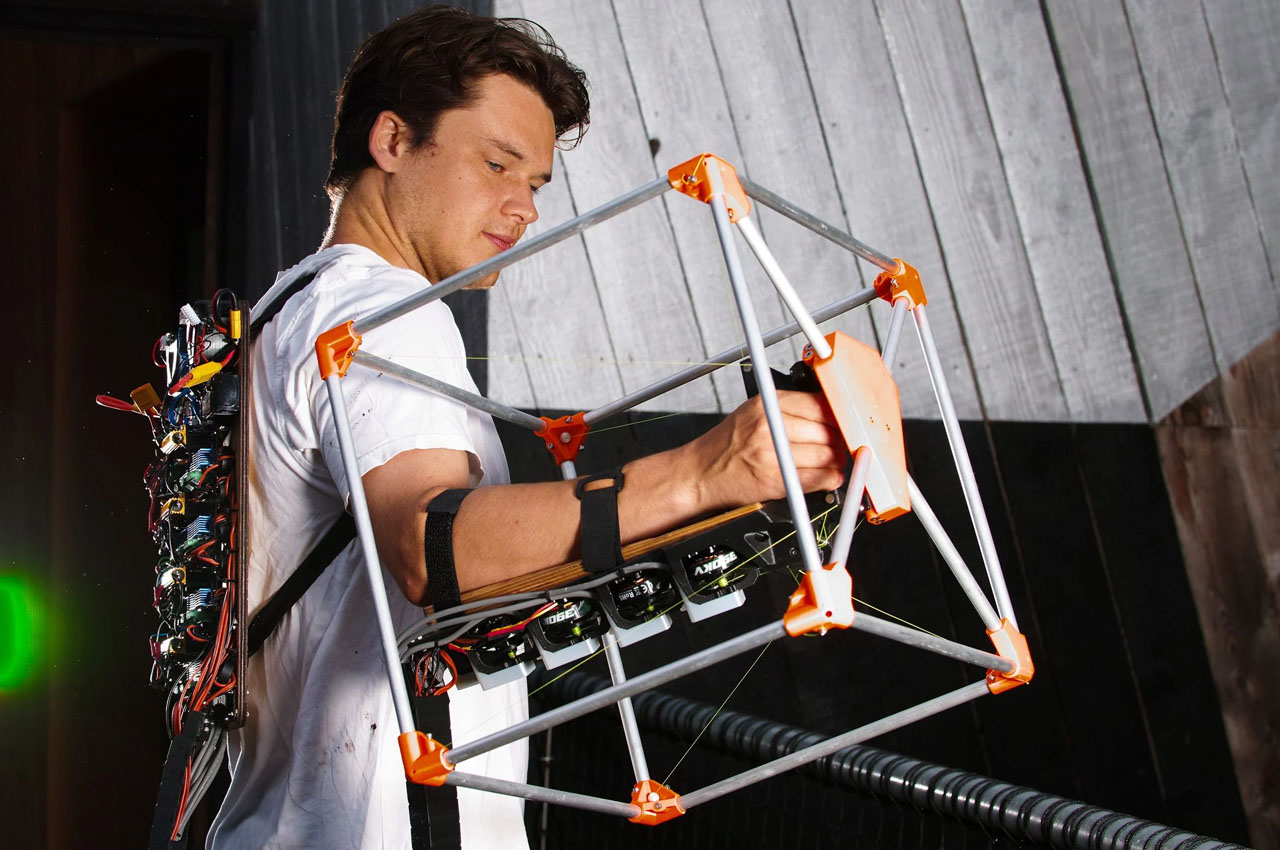
Designer: Jasper Mallinson
Jasper Mallinson’s Mecha-Morphis Wearable CNC Machine revolutionizes design manufacturing with its portable exoskeleton design. Small enough to fit on the arm, it provides remarkable mobility for intricate tasks, empowering creativity on the move. Versatile and sustainable, Mecha-Morphis reflects a fusion of innovation and environmental consciousness, offering a glimpse into the future of creative freedom.
Step 4: Execution
Once the configuration is complete, machine operation can proceed by executing the program on the CNC machine’s display panel. One may need to navigate program prompts for different settings. The machine runs continuously until manually stopped or due to errors or any form of power disruptions.

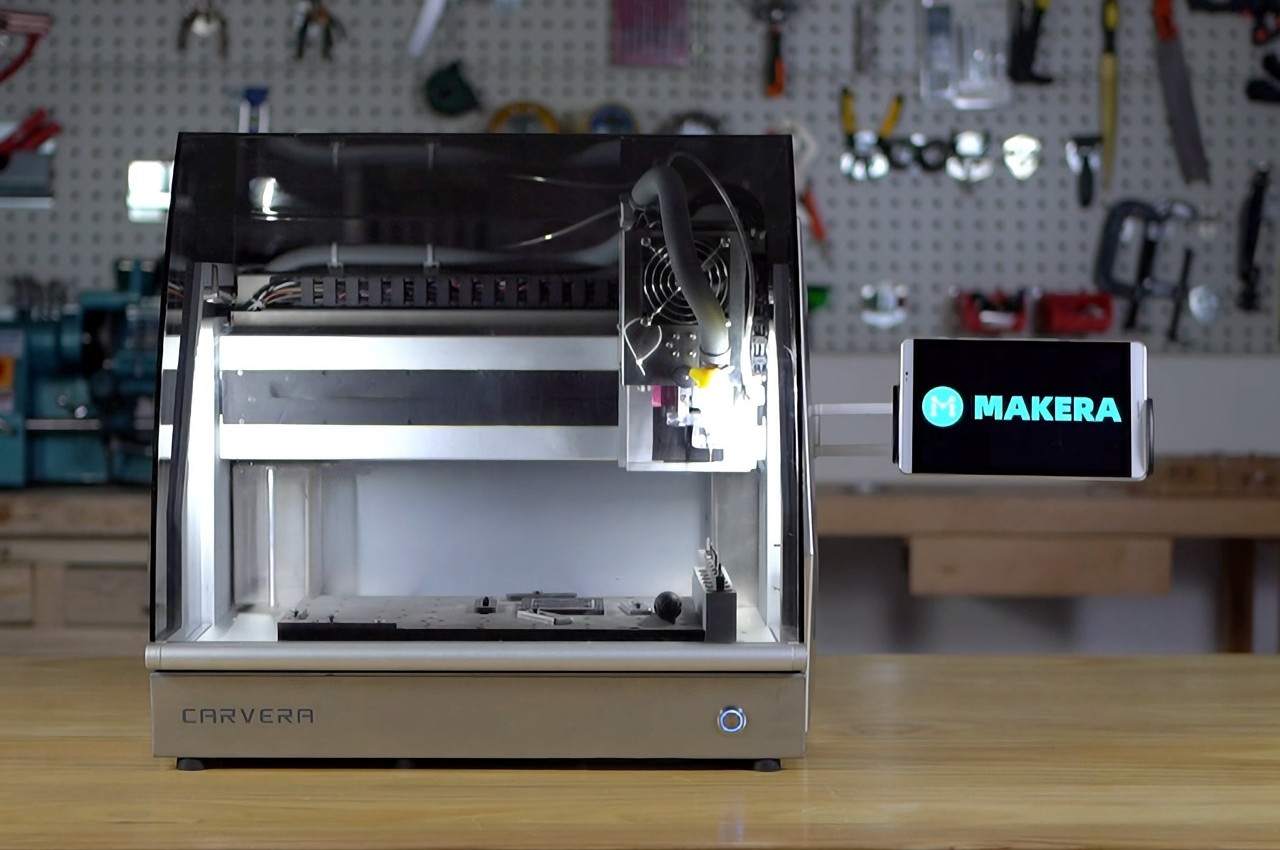
Designer: Makera Design
The Carvera enables one to create prototypes, designs, PCBs, and molds on your tabletop. Compact and equipped with powerful modules, it offers 3-axis CNC machining capabilities with optional laser-cutting and a 4-axis upgrade. Self-leveling and intuitive, it includes drill bits, a probe tool, and a laser module. With a robust build and versatile compatibility, it’s perfect for home or workspace use.
In conclusion, CNC-produced machines play a key role in product design as their components offer superior quality, and zero defects, alongside environmental benefits. Opting for CNC over manual machining brings advantages like precision, speed, safety, efficiency, and cost savings.
The post How CNC Machining Revolutionizes Product Design: Boosting Efficiency and Precision first appeared on Yanko Design.
